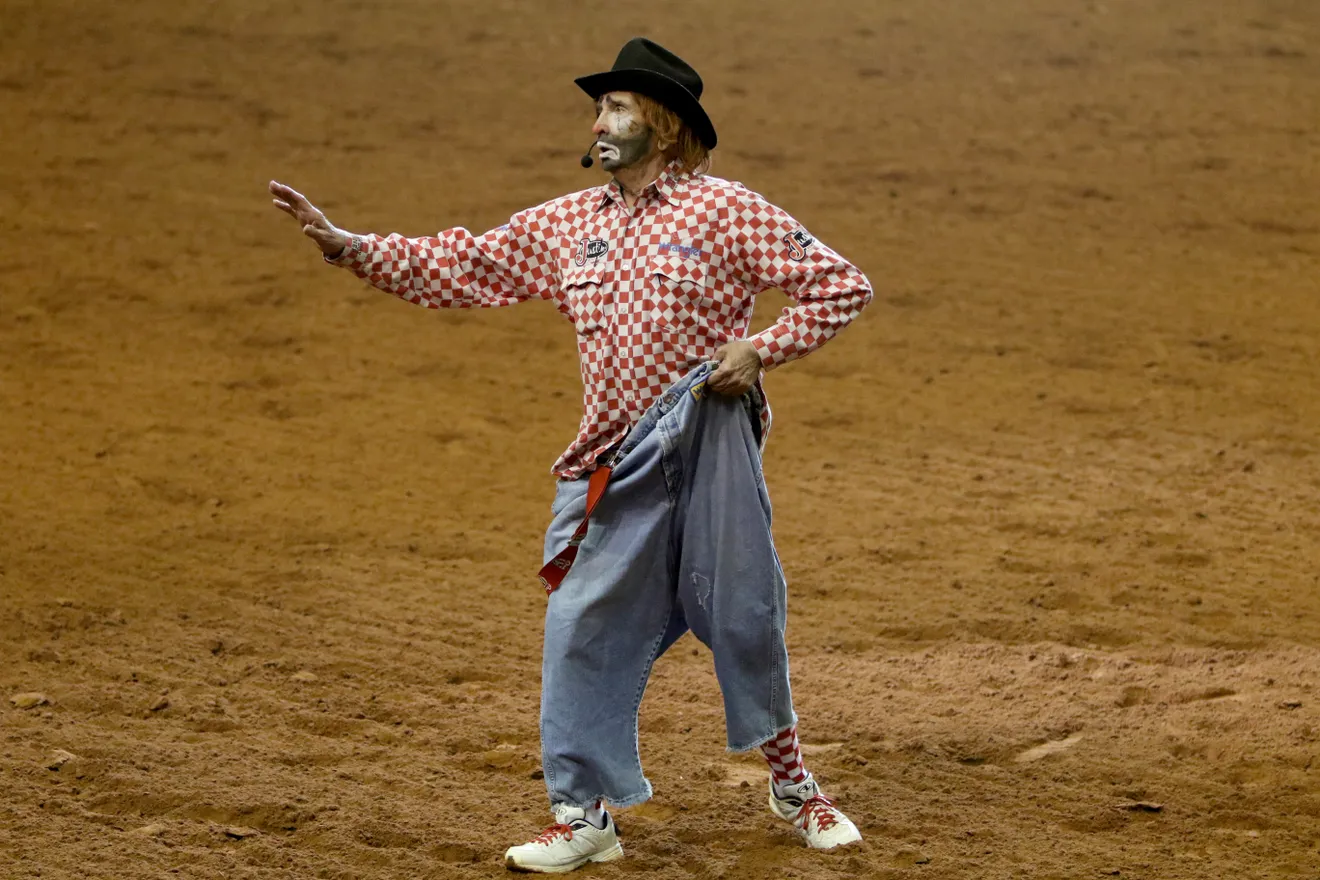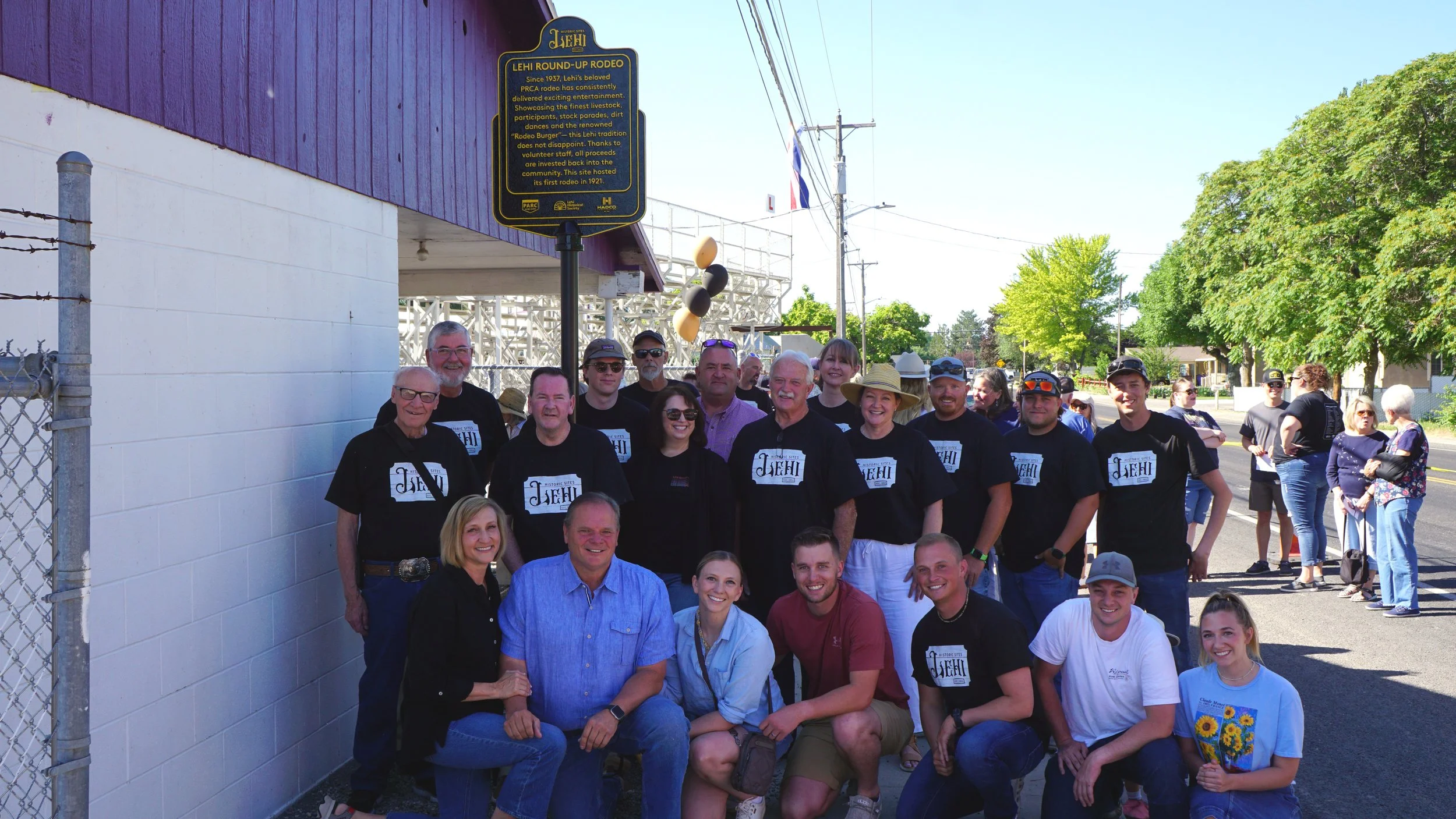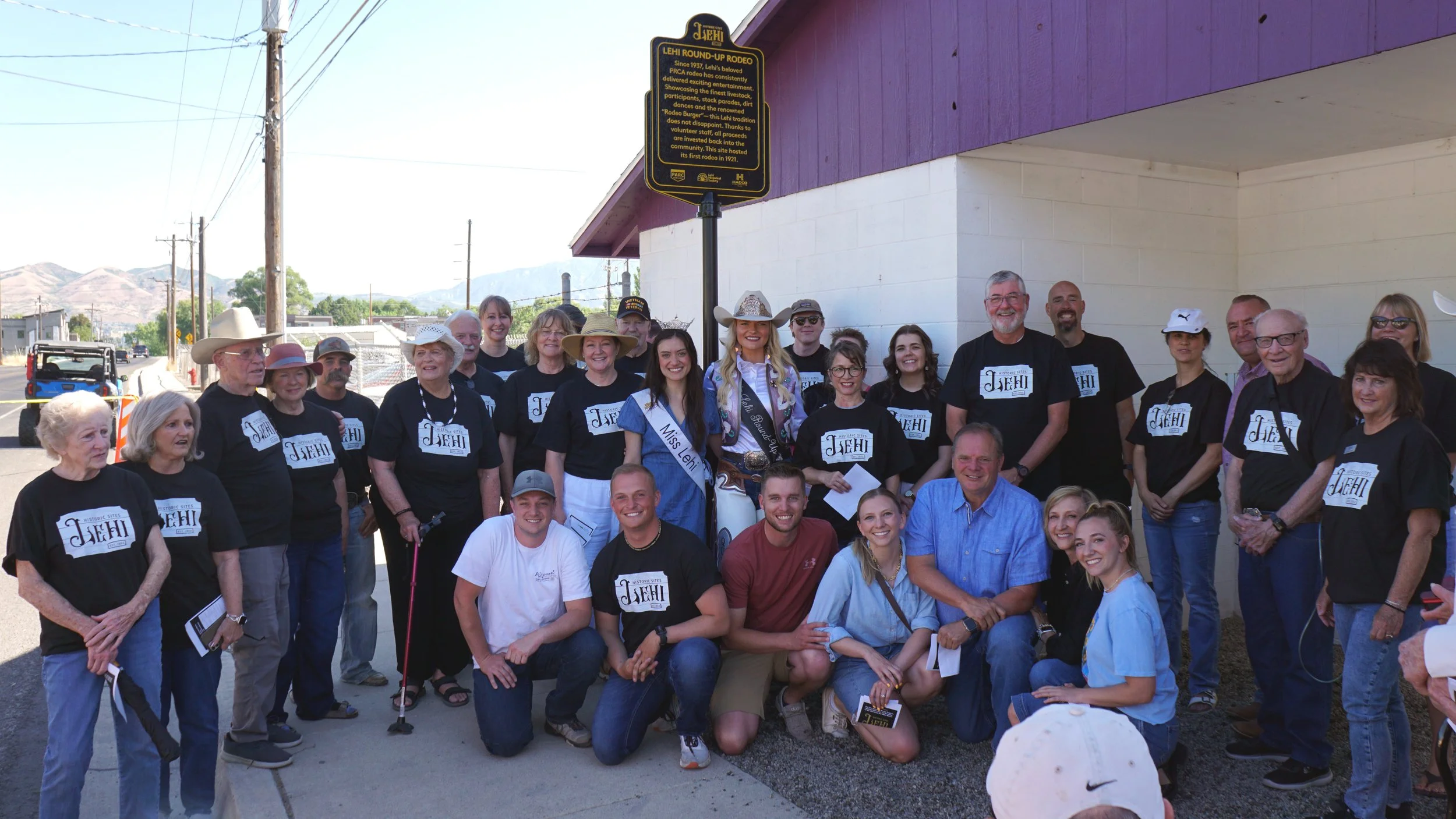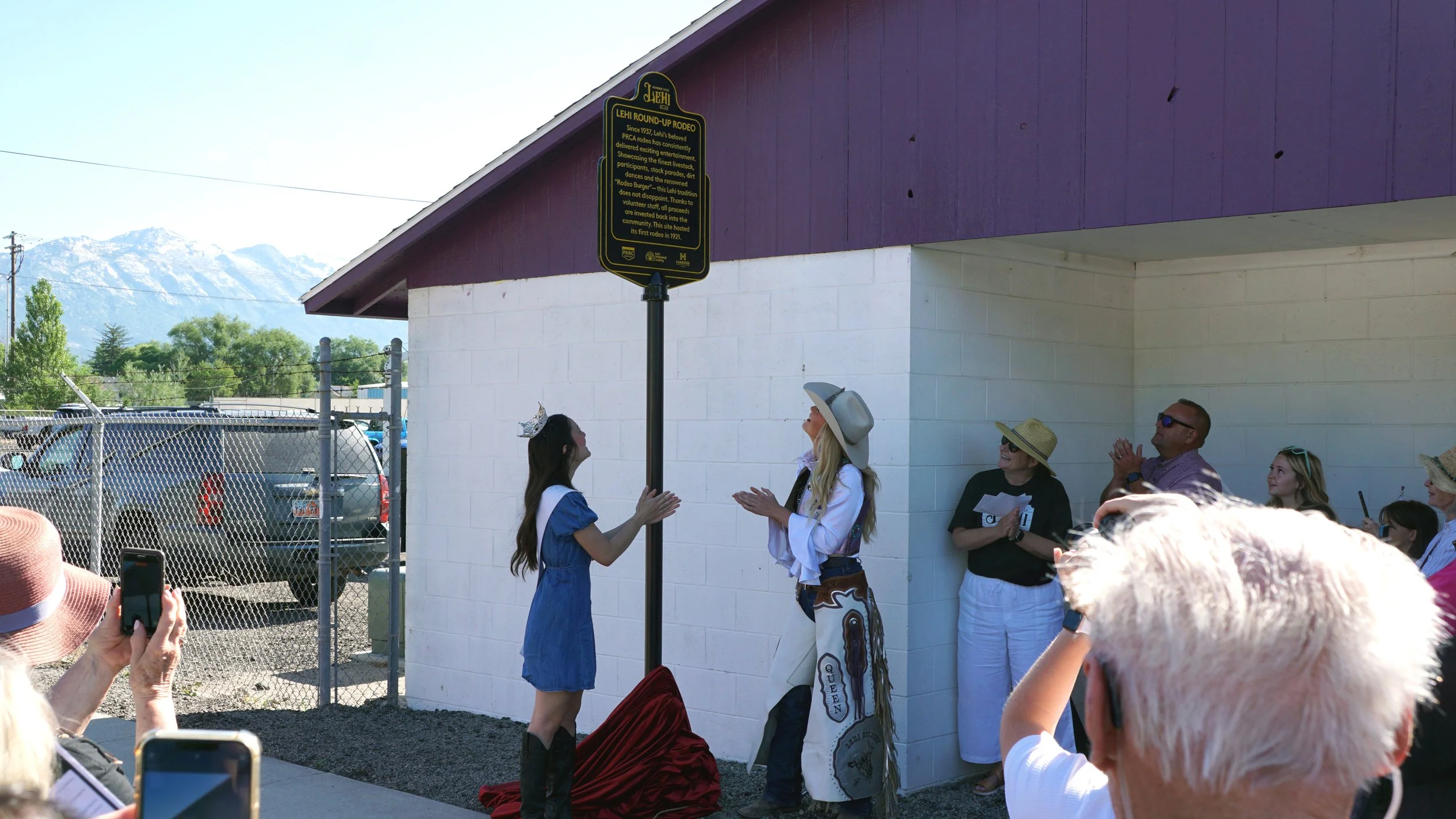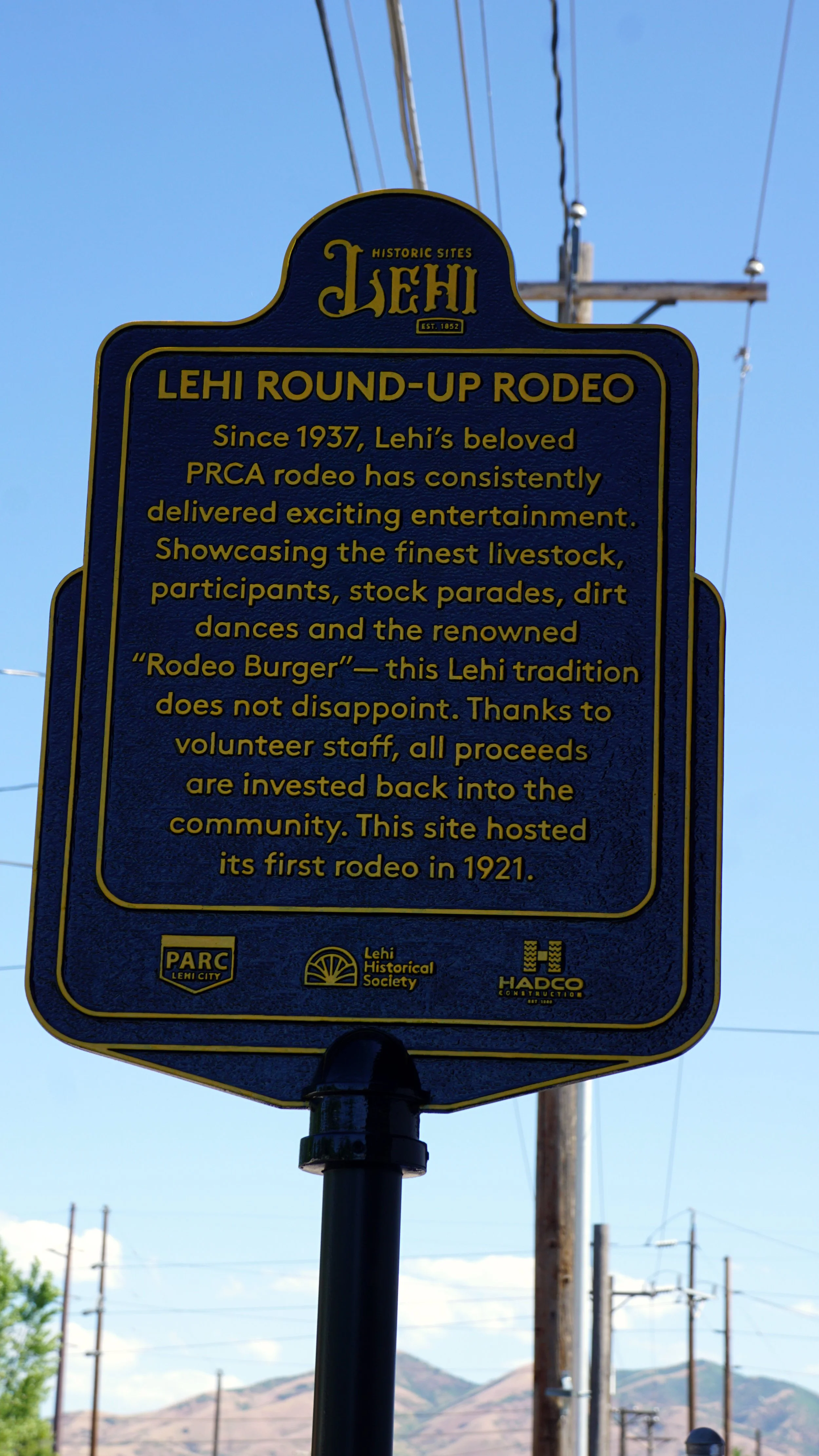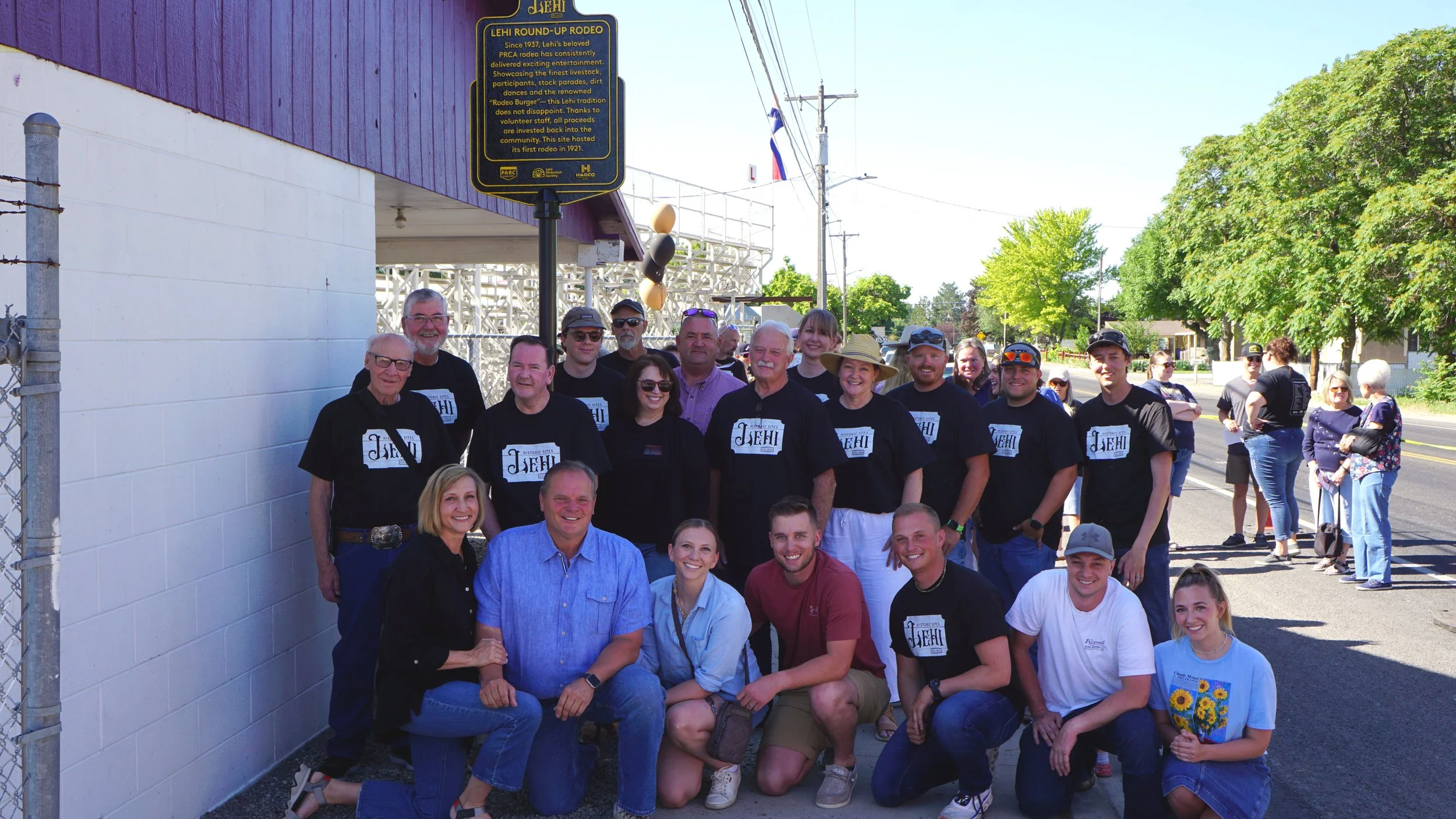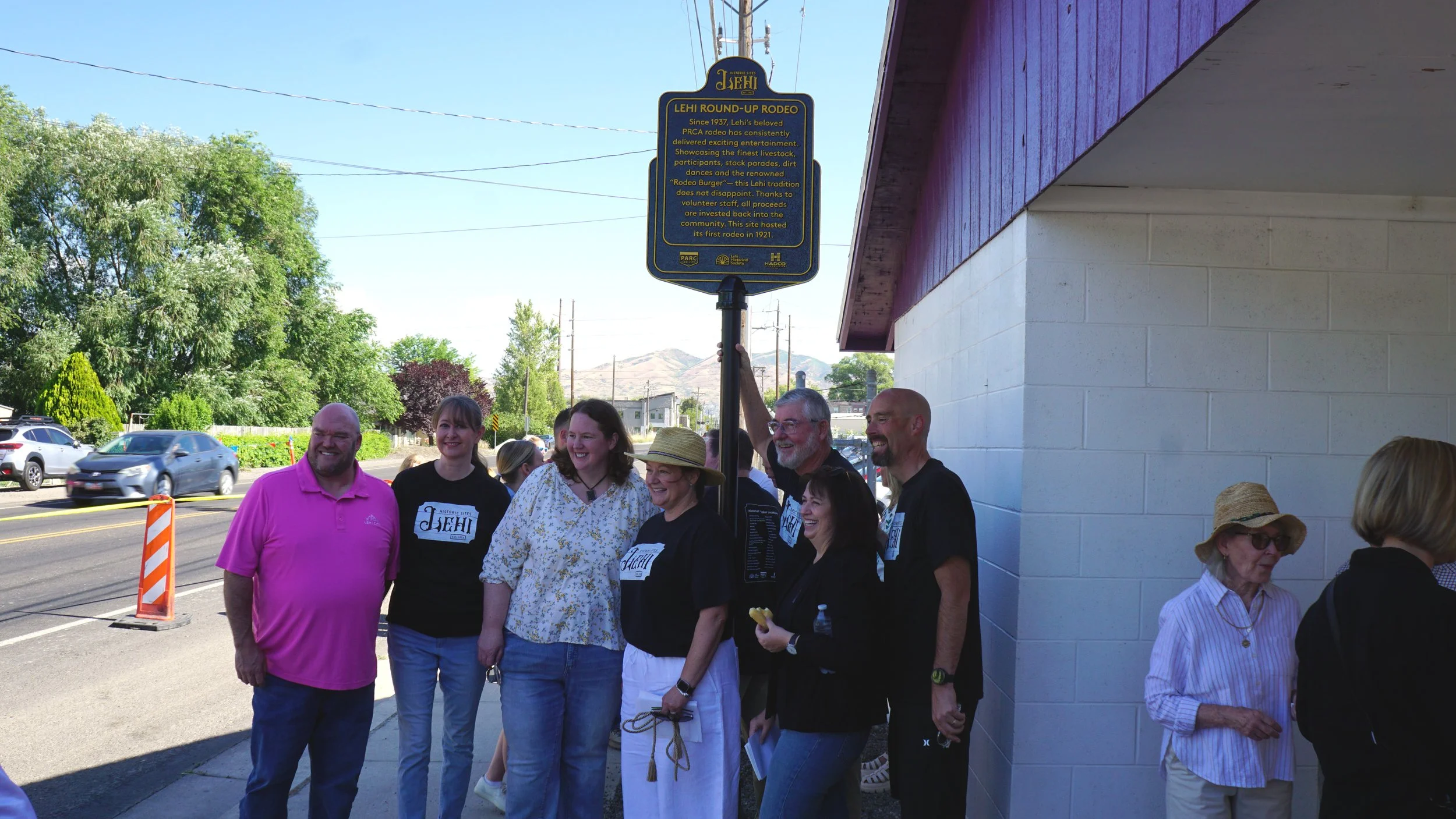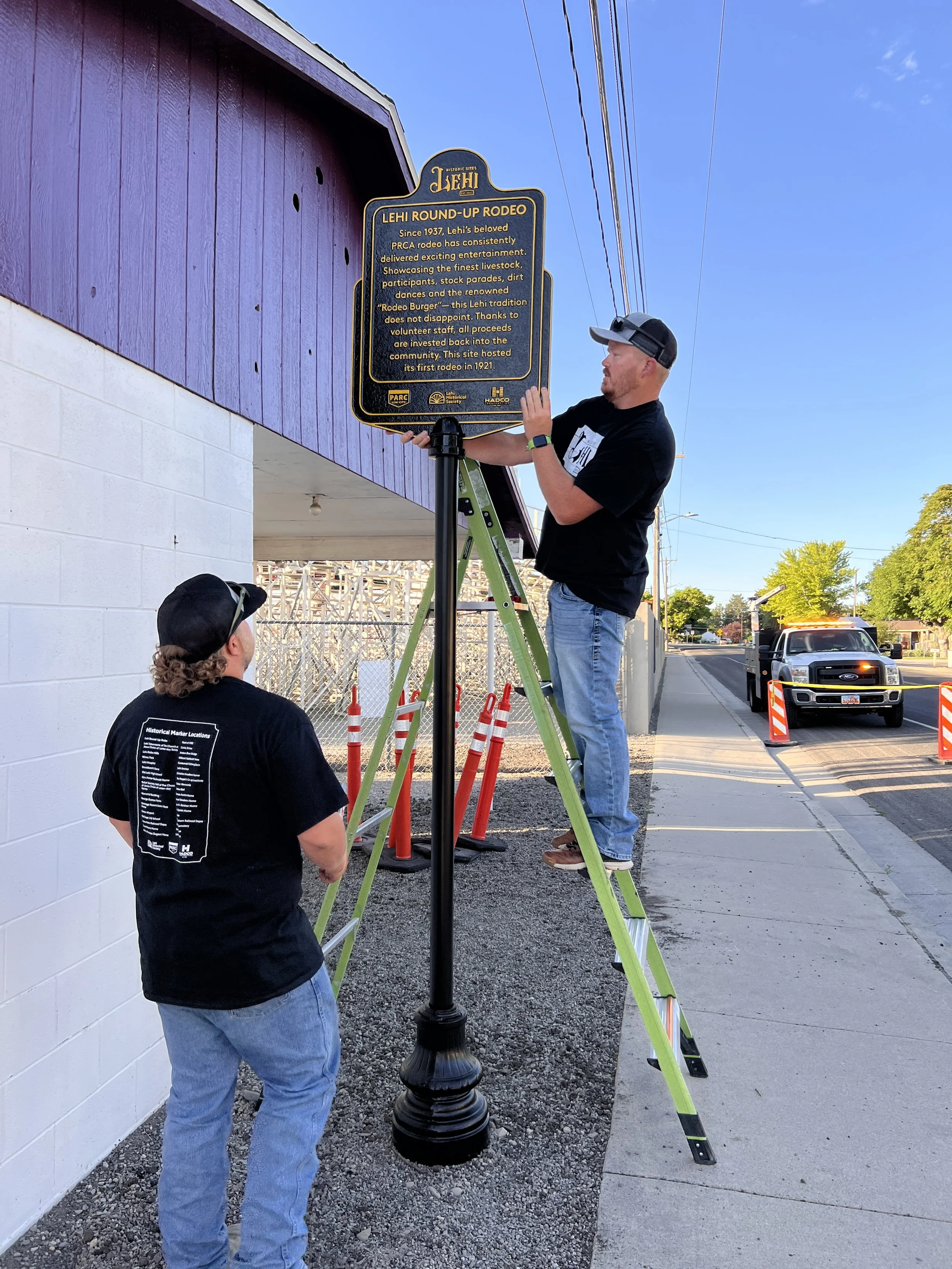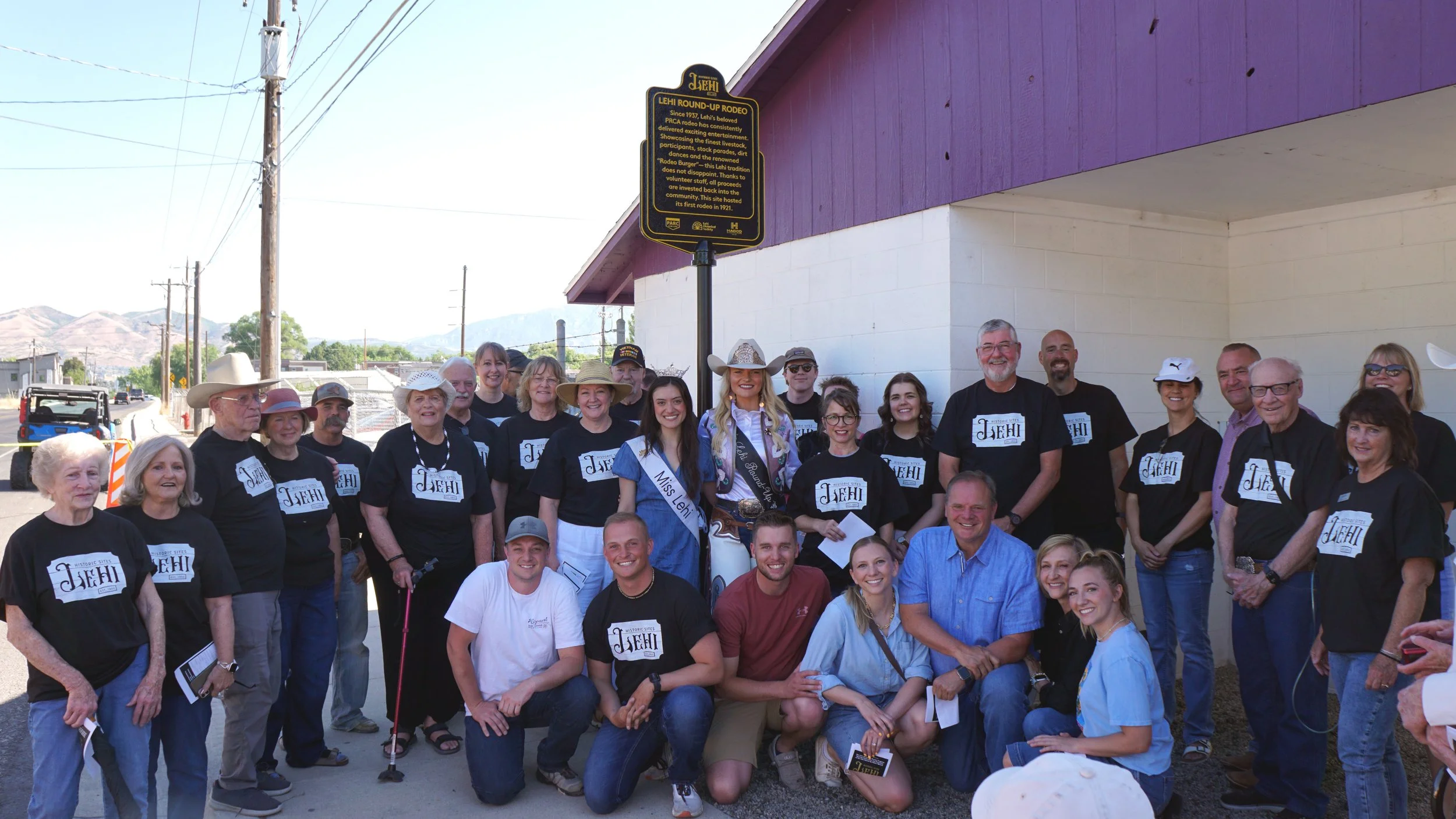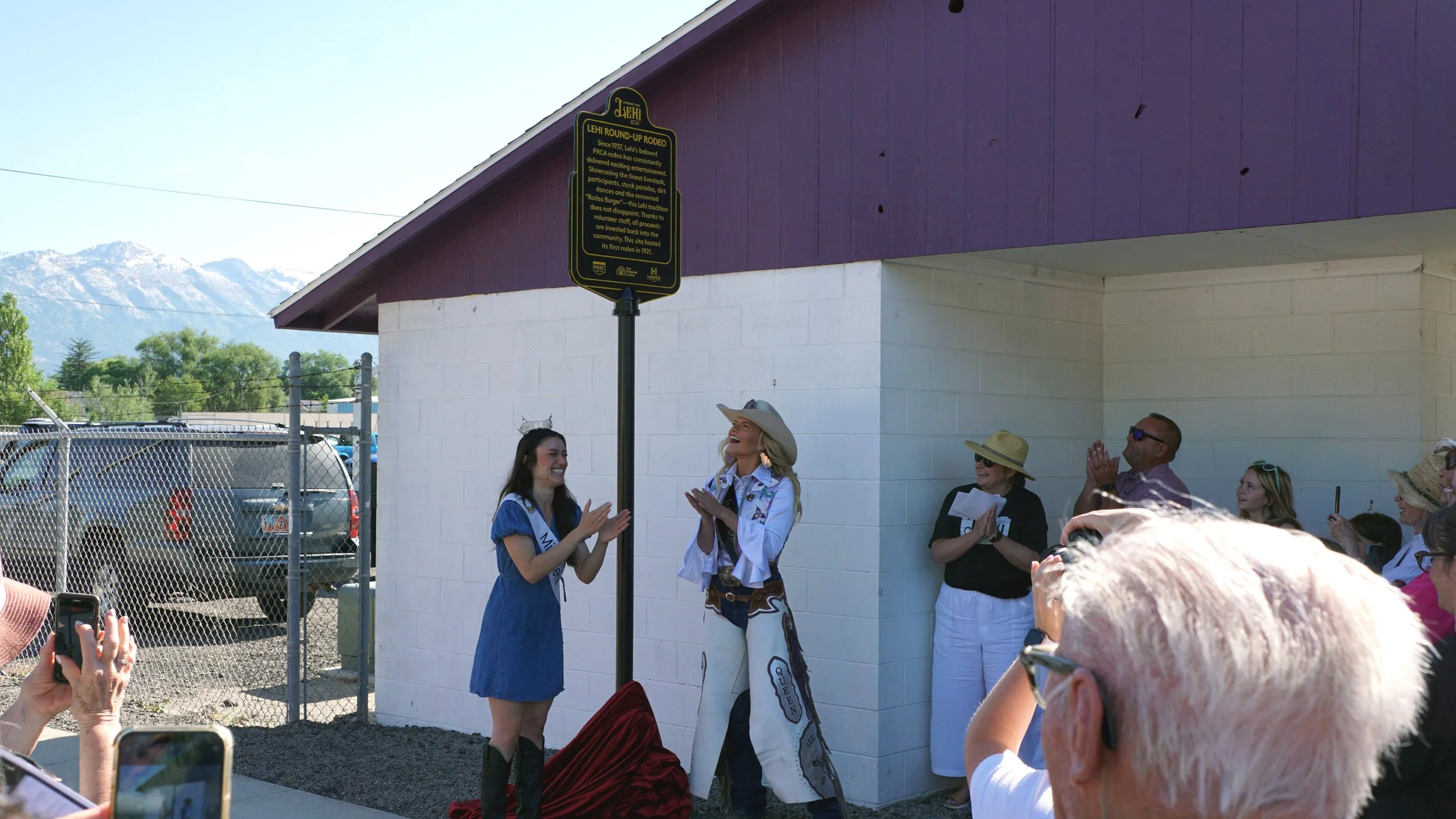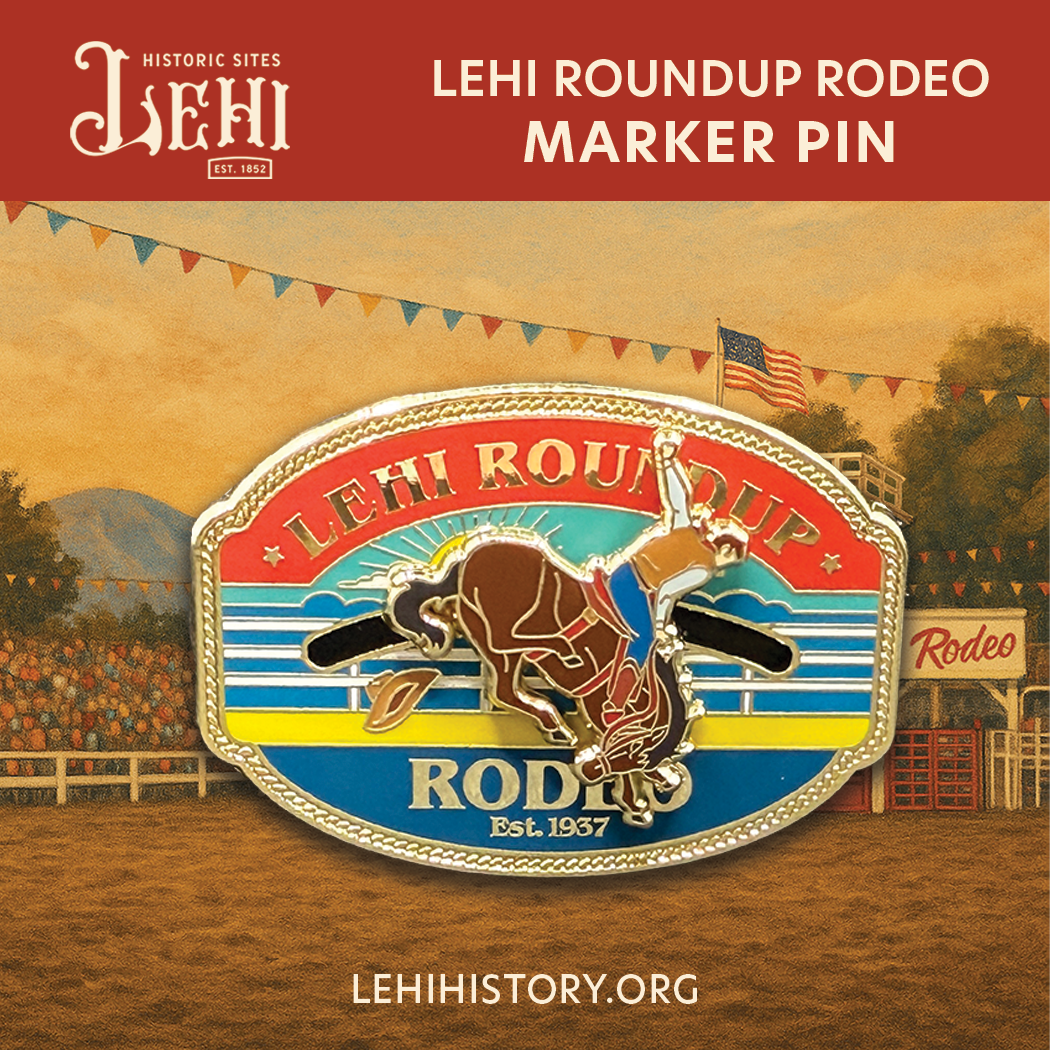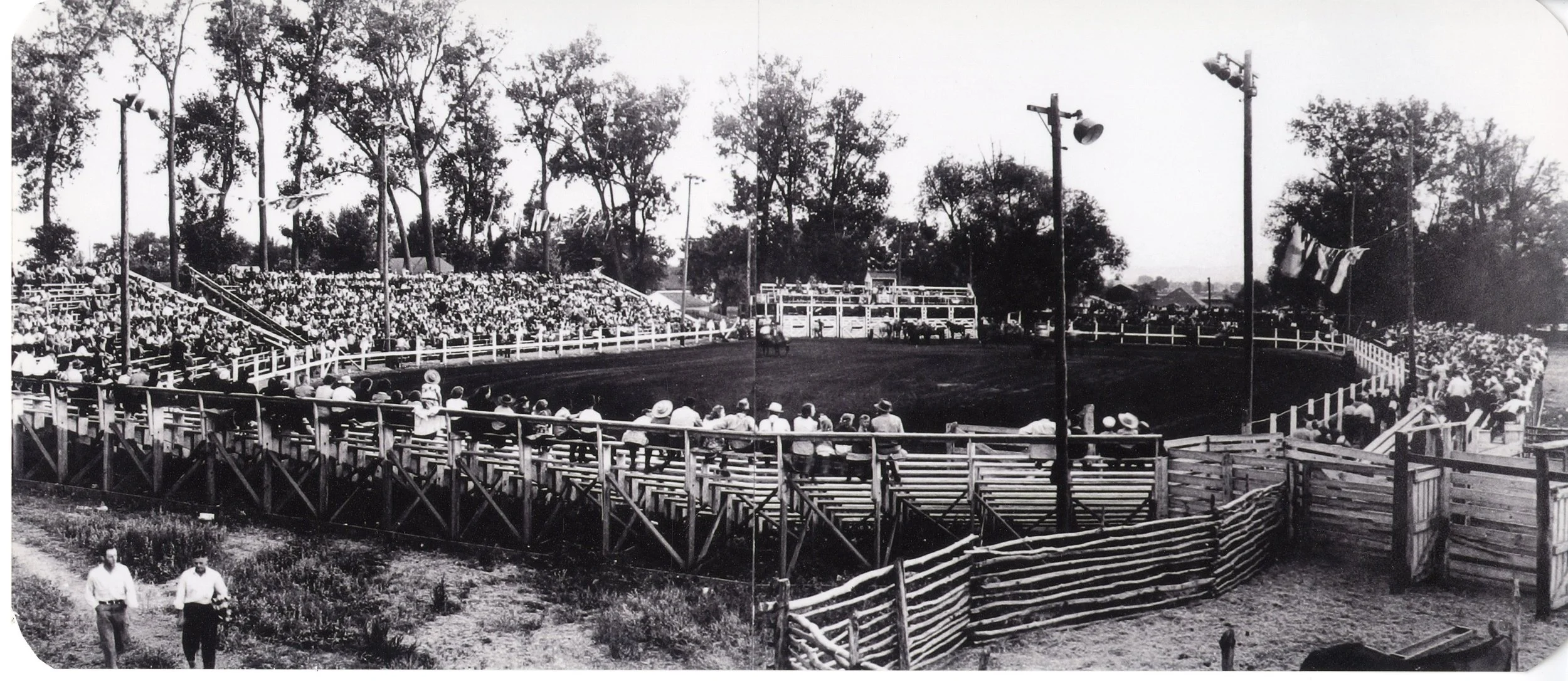
Lehi Round-Up Rodeo
(1937-Present)
The last full week of June, Lehi buzzes with the excitement of friendly competition, art, music, good food and community. During Lehi Round-Up Week, people fill the streets to cheer on the Stock Parade, Miniature Float Parade and the Grand Parade. They attend concerts, art shows, a pancake breakfast and so much more. At the center of all these celebrations is the Lehi Round-Up Rodeo.
From the late 1930s up to this writing, in 2024, the rodeo has consisted of three nights of entertainment with a fourth night, Wednesday, being added in 2024 to accommodate more spectators. Thursday has typically been a family night with discounted rates. Recently, Saturday nights have been designated, “Tough Enough to Wear Pink” nights in support of breast cancer. Along with the rodeo, a stock parade on Thursday winds its way from Wines Park to the rodeo grounds. Anyone with a horse is invited to participate while community members gather along the parade route to support family and friends. For years, the rodeo has ended with a community “dirt dance.”
At the rodeo, spectators line up for Lehi’s famous, and affordable, “Rodeo Burger” with its delicious secret sauce. Concessions are prepared by volunteers, mostly gathered and organized through congregations of The Church of Jesus Christ of Latter-day Saints. This volunteer spirit allows all proceeds from the rodeo to be invested back into the community.
Lehi Round-Up Week has been the highlight of summers in Lehi for decades. Of course, the history of the rodeo grounds, the rodeo and Lehi community celebrations is much older than the Round-Up itself.

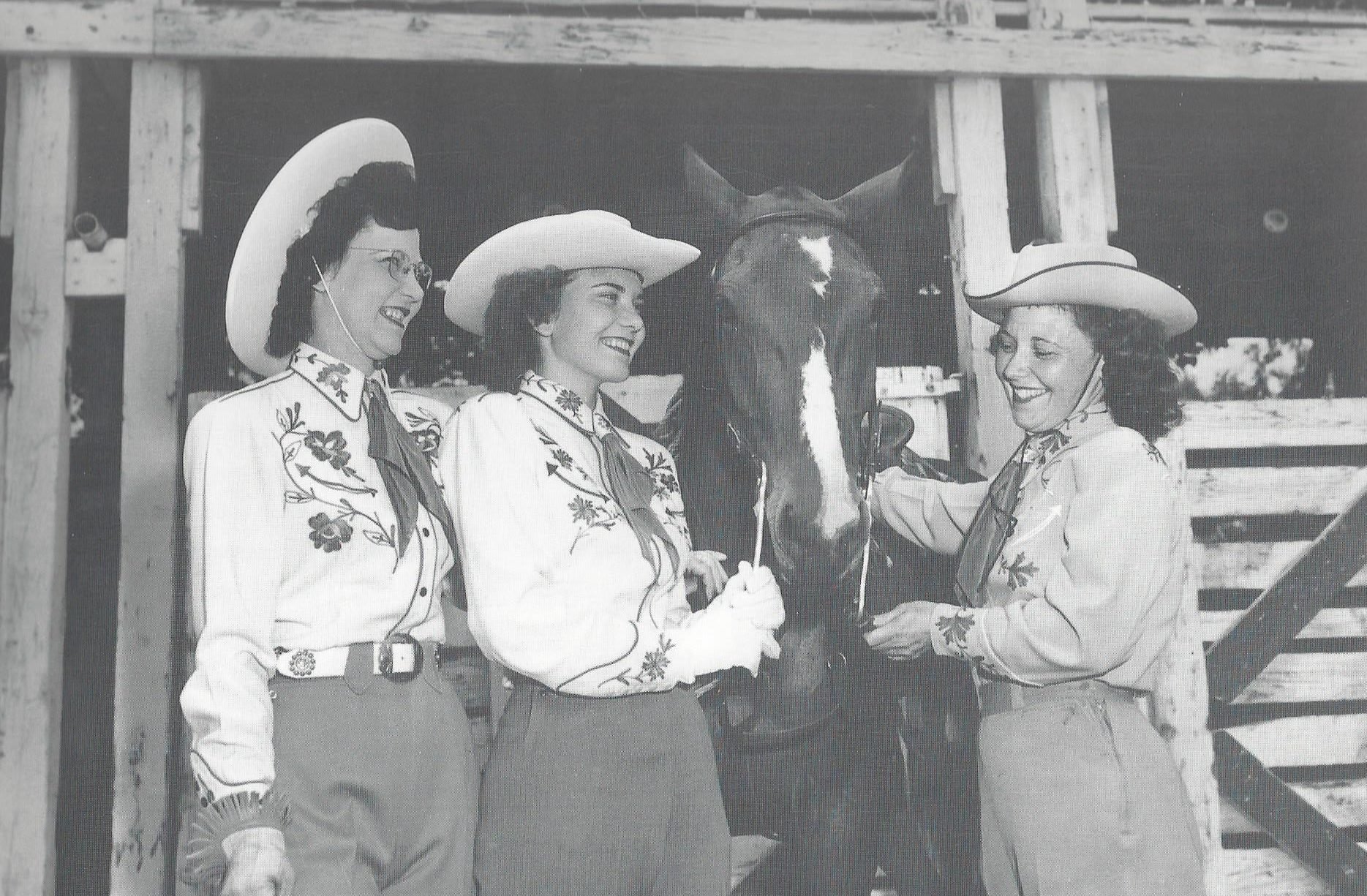
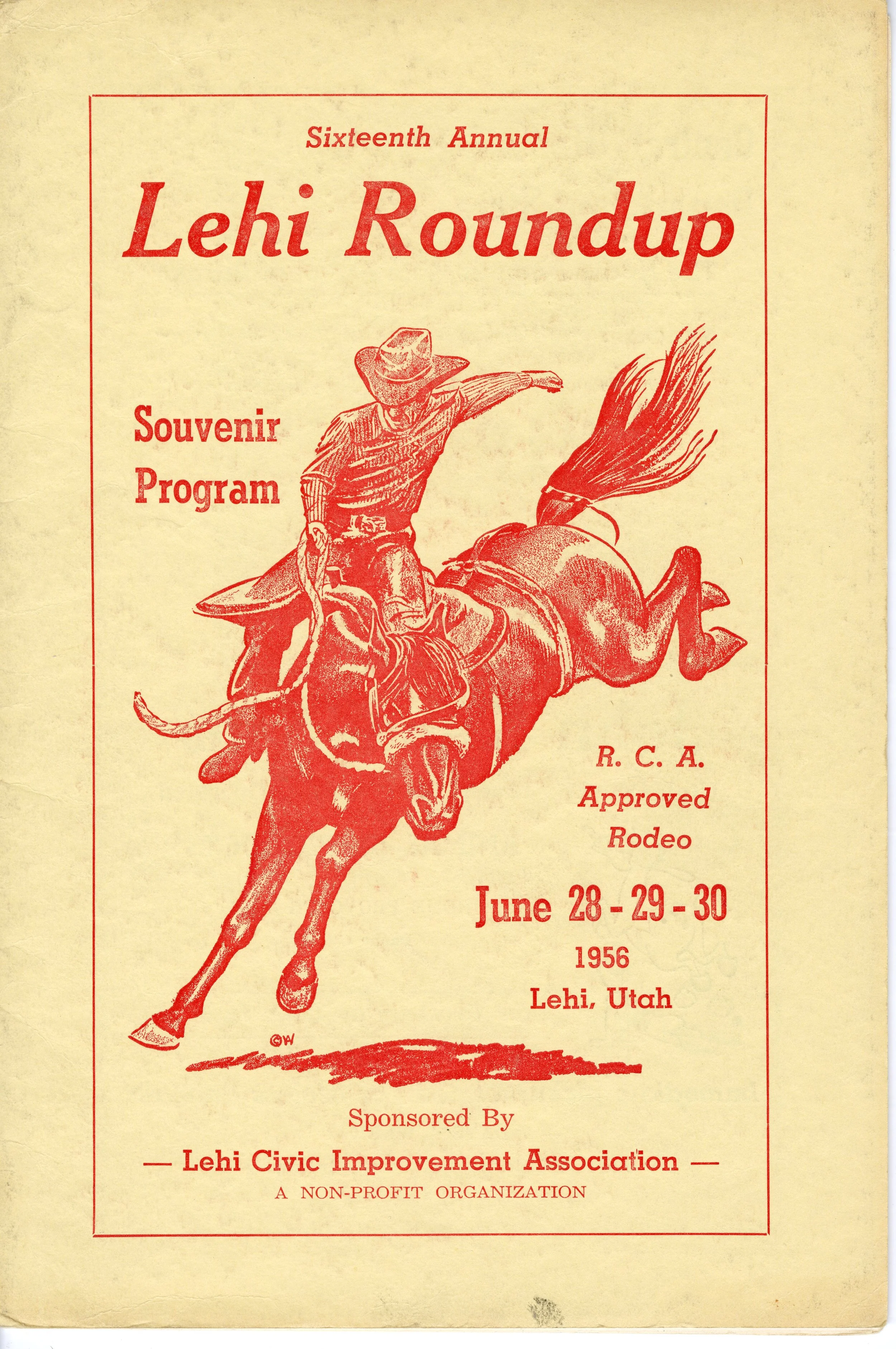
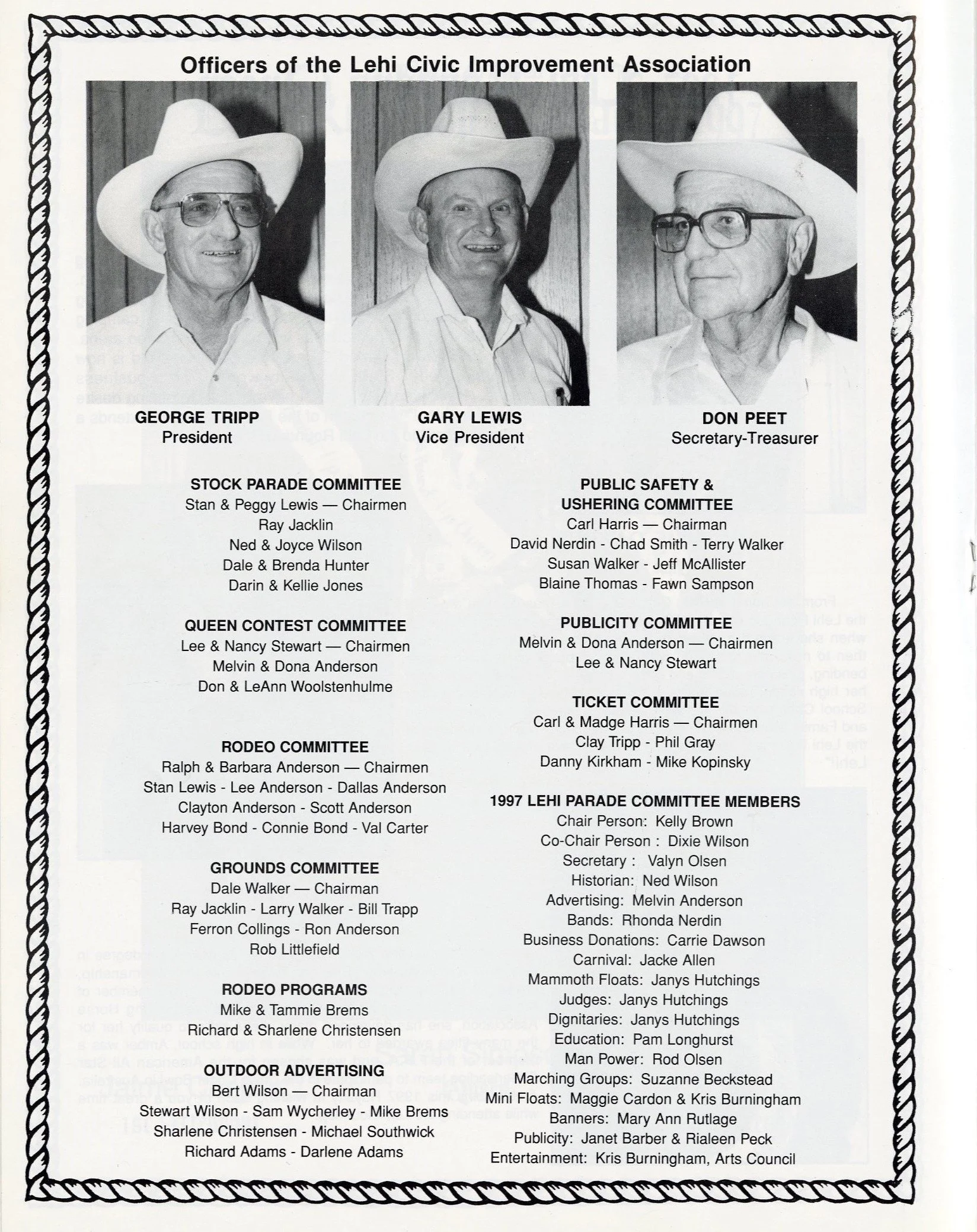



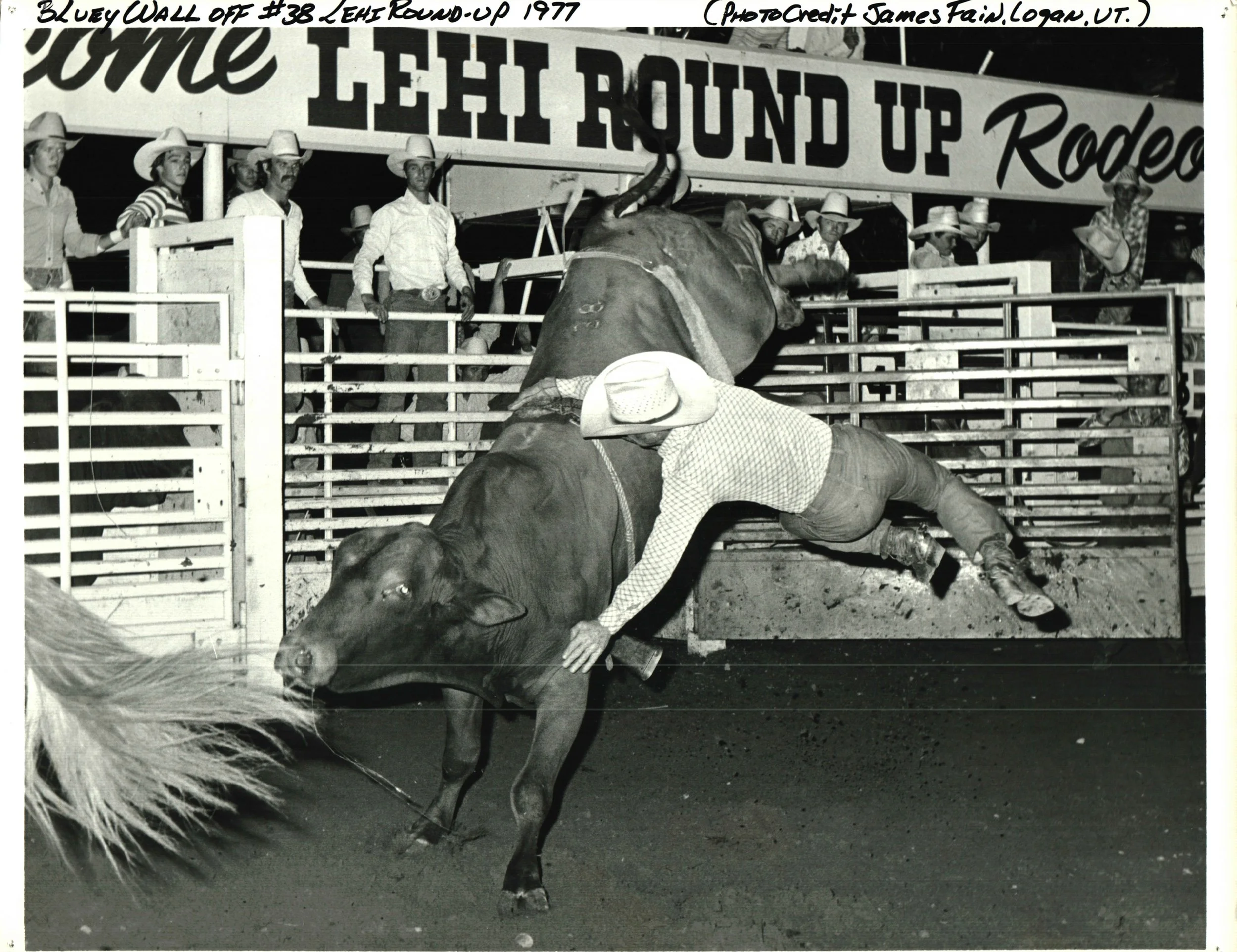
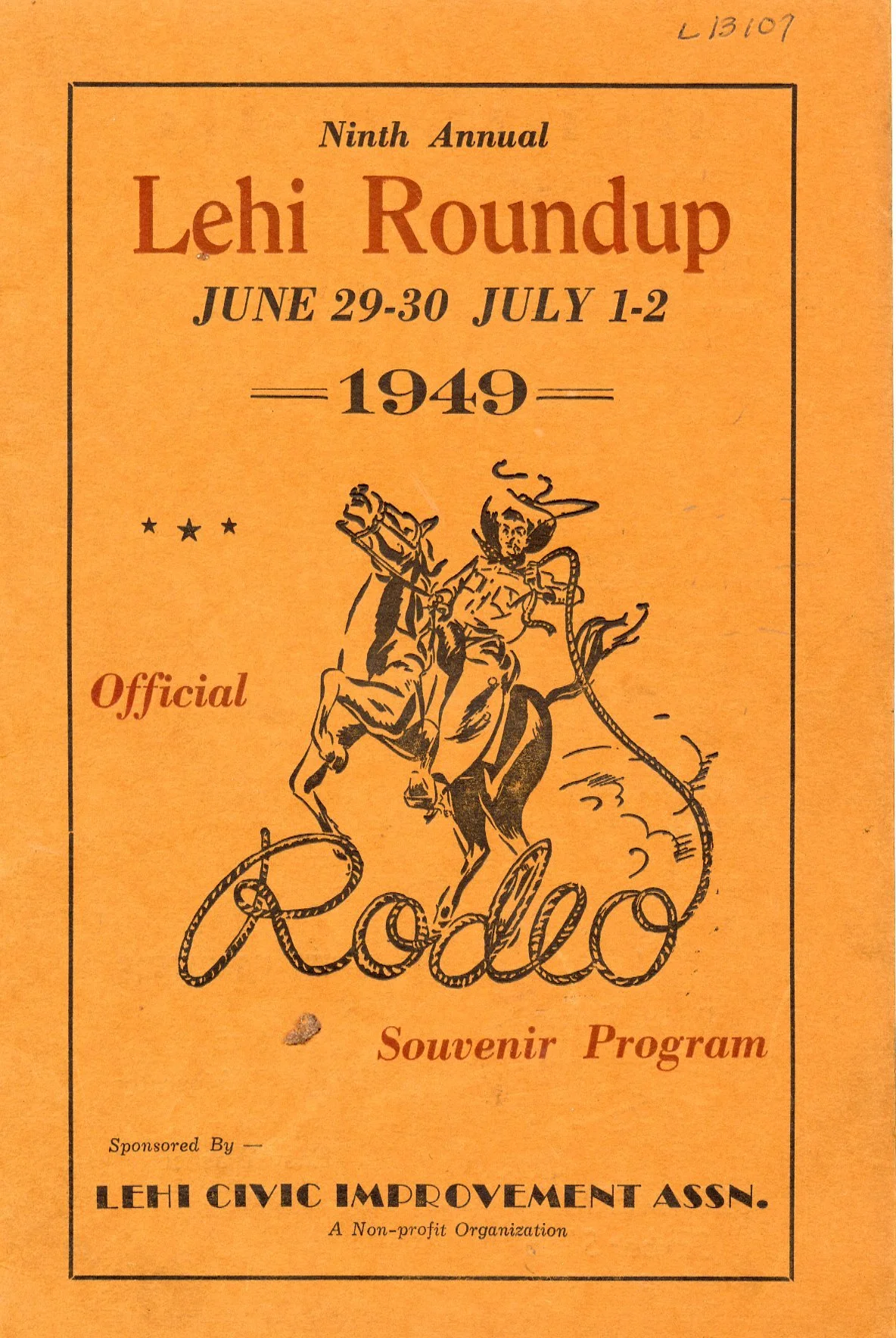
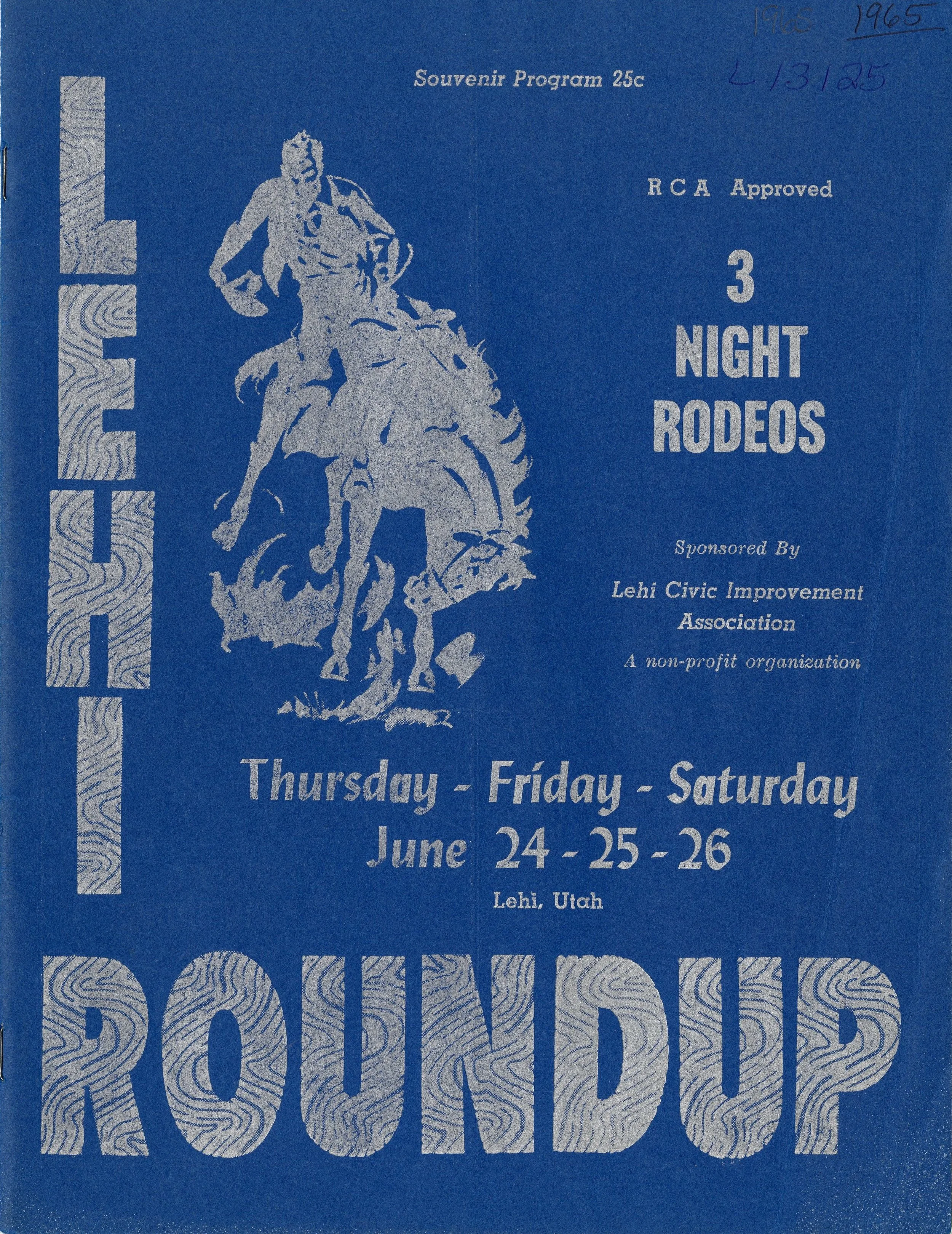
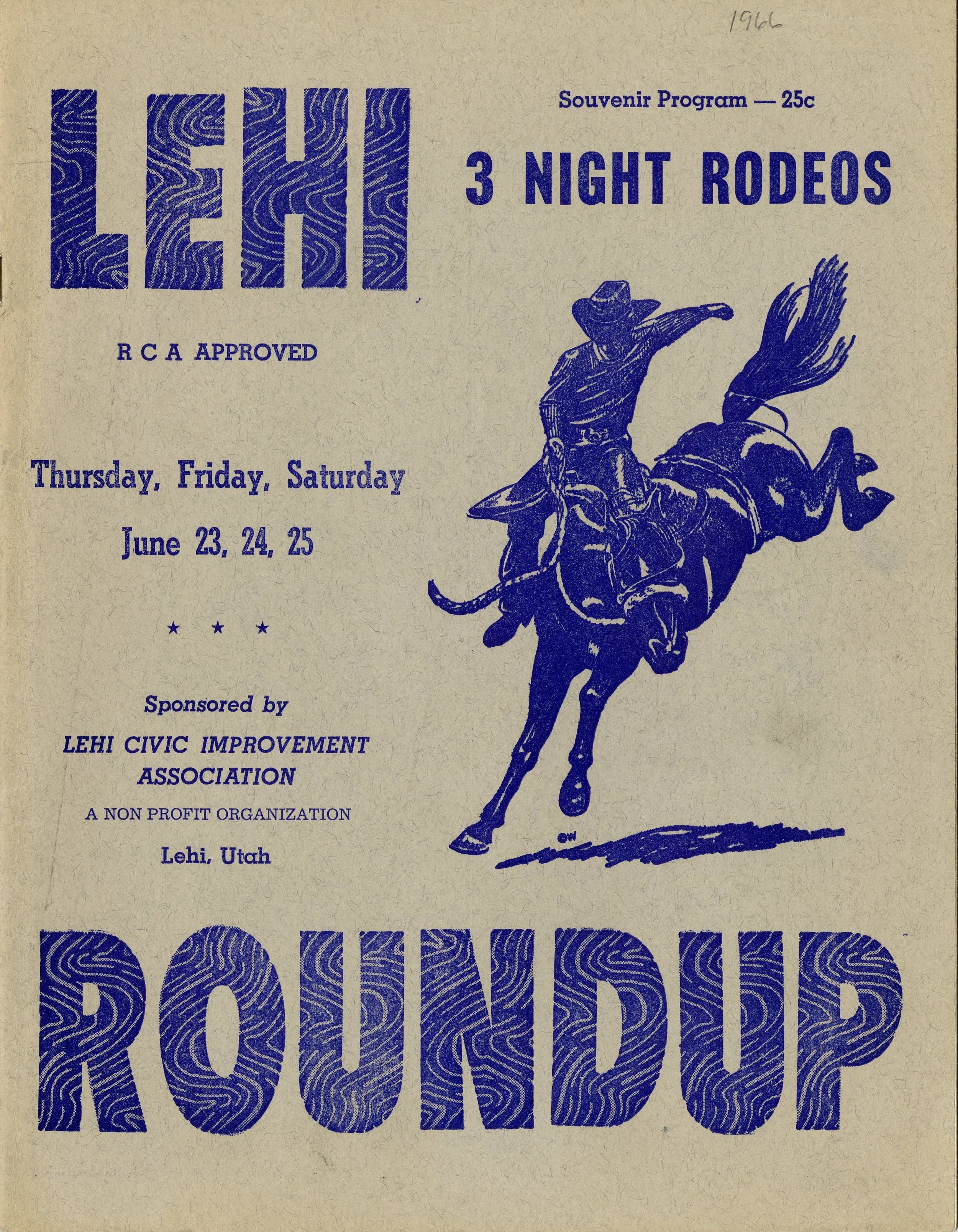
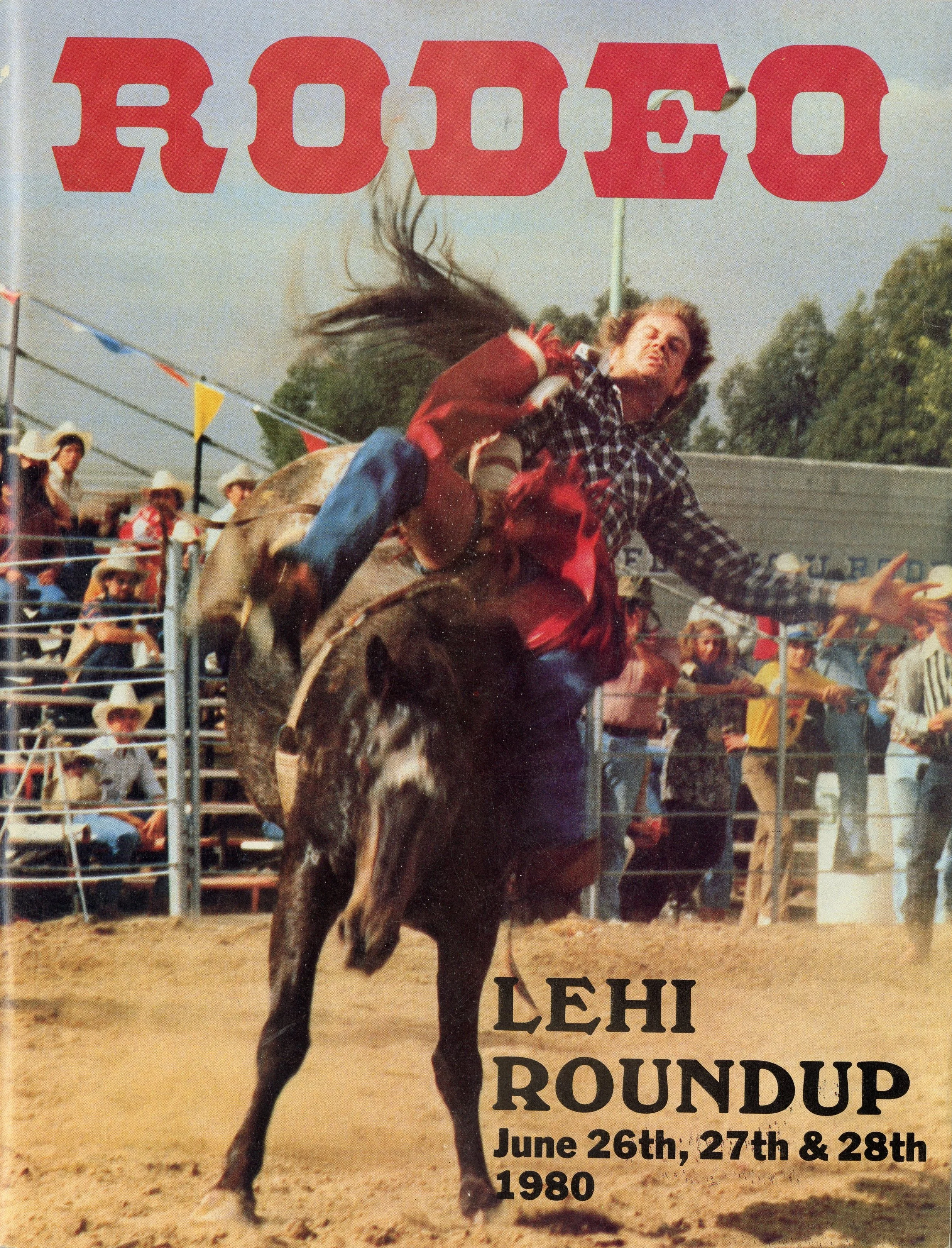
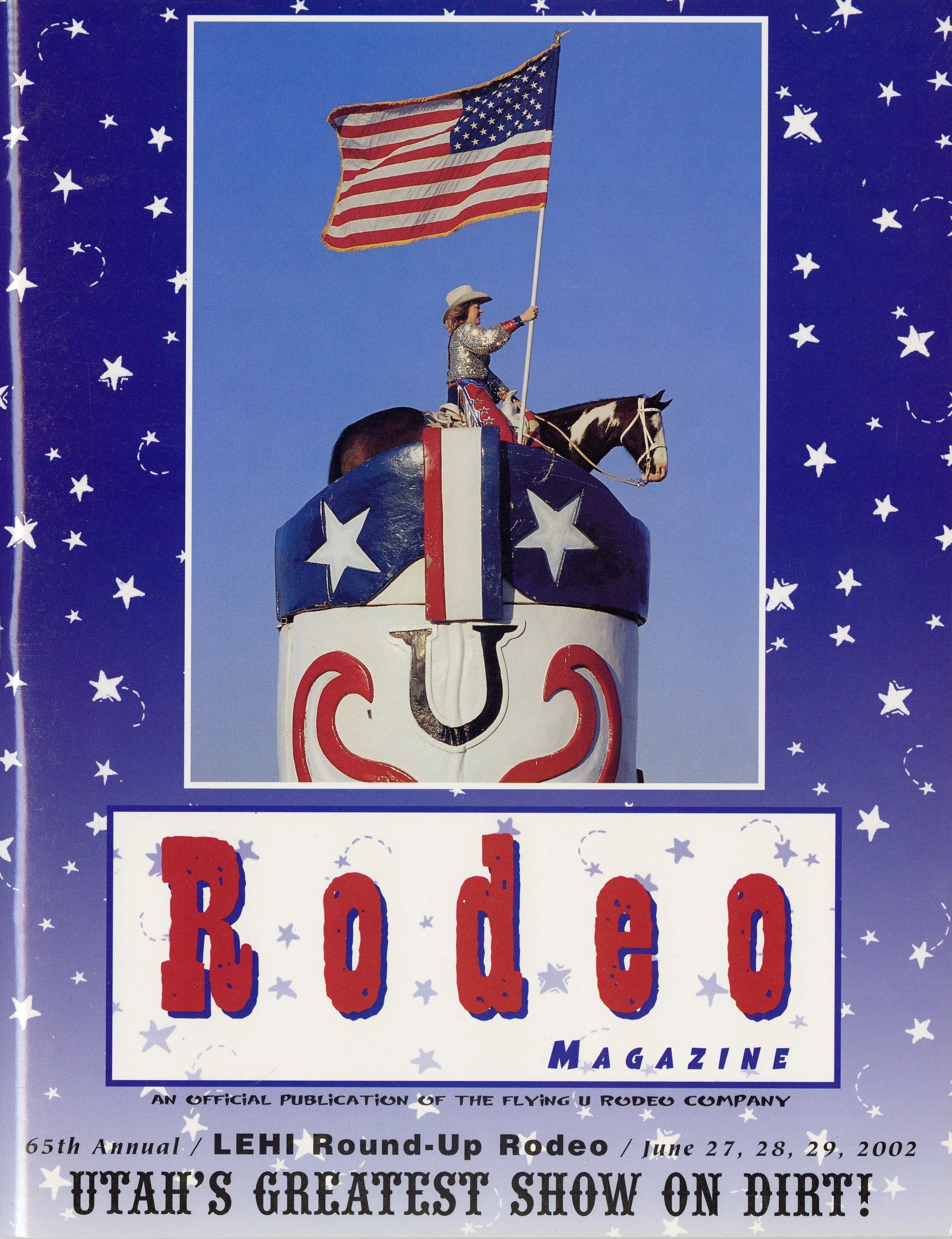
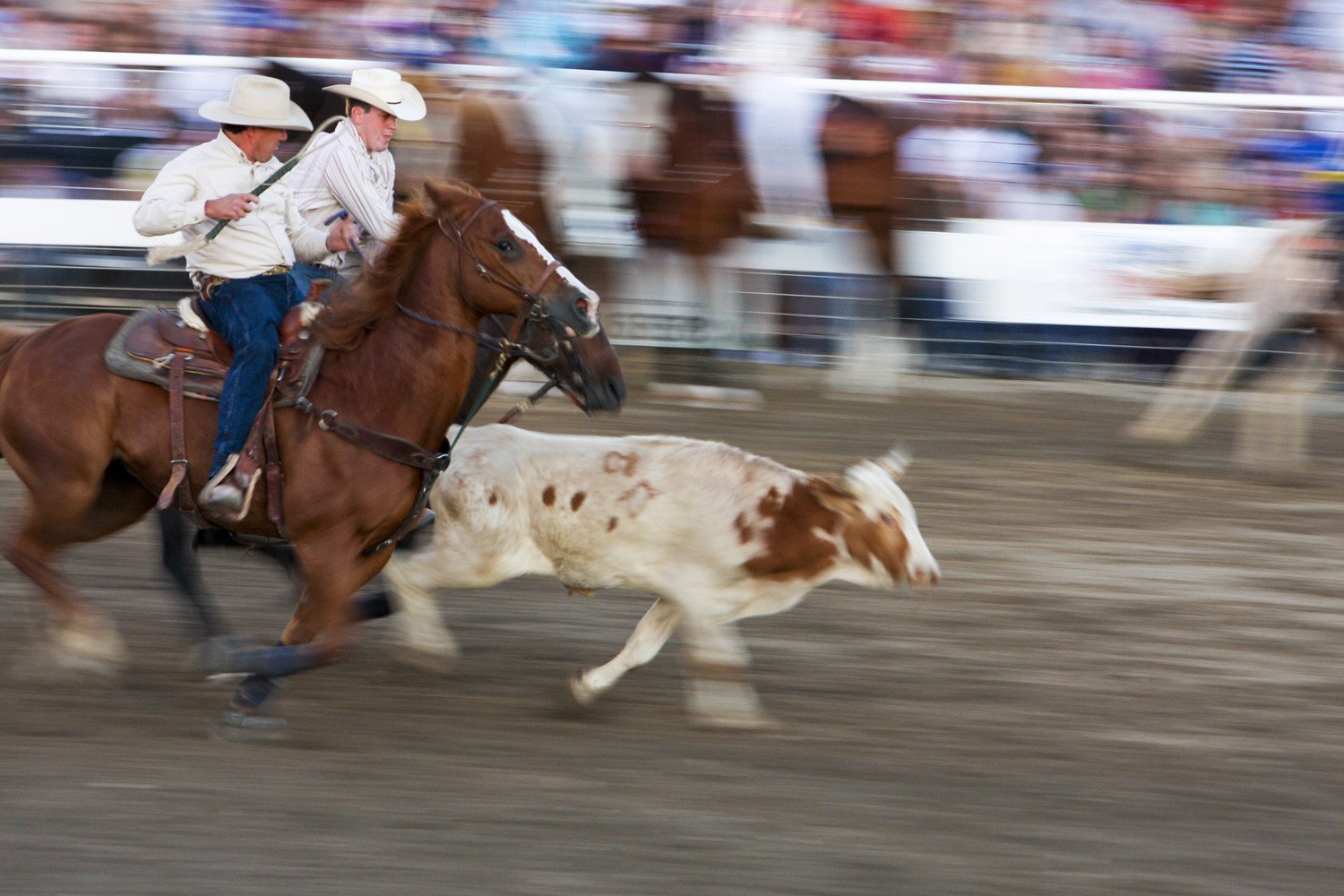
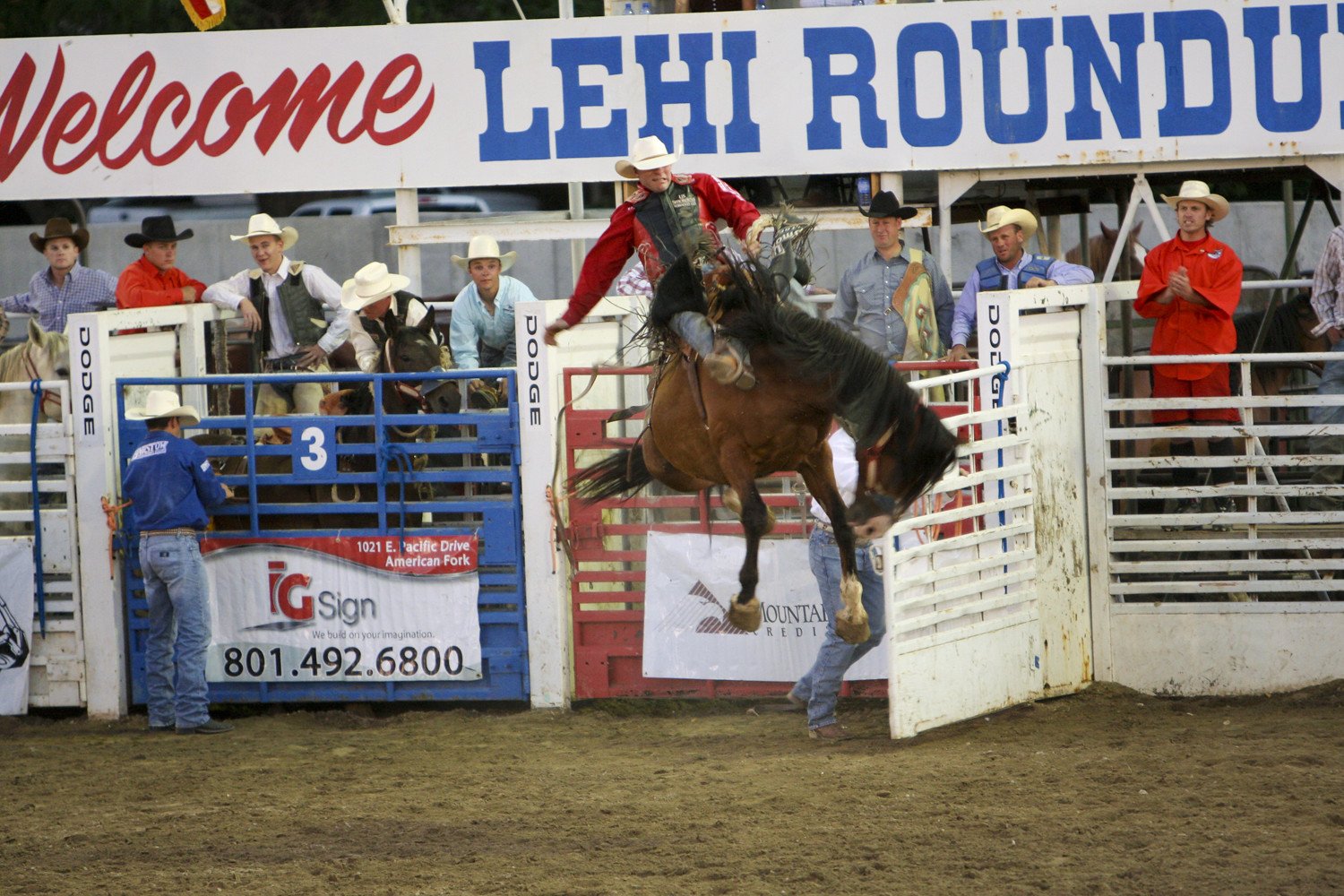
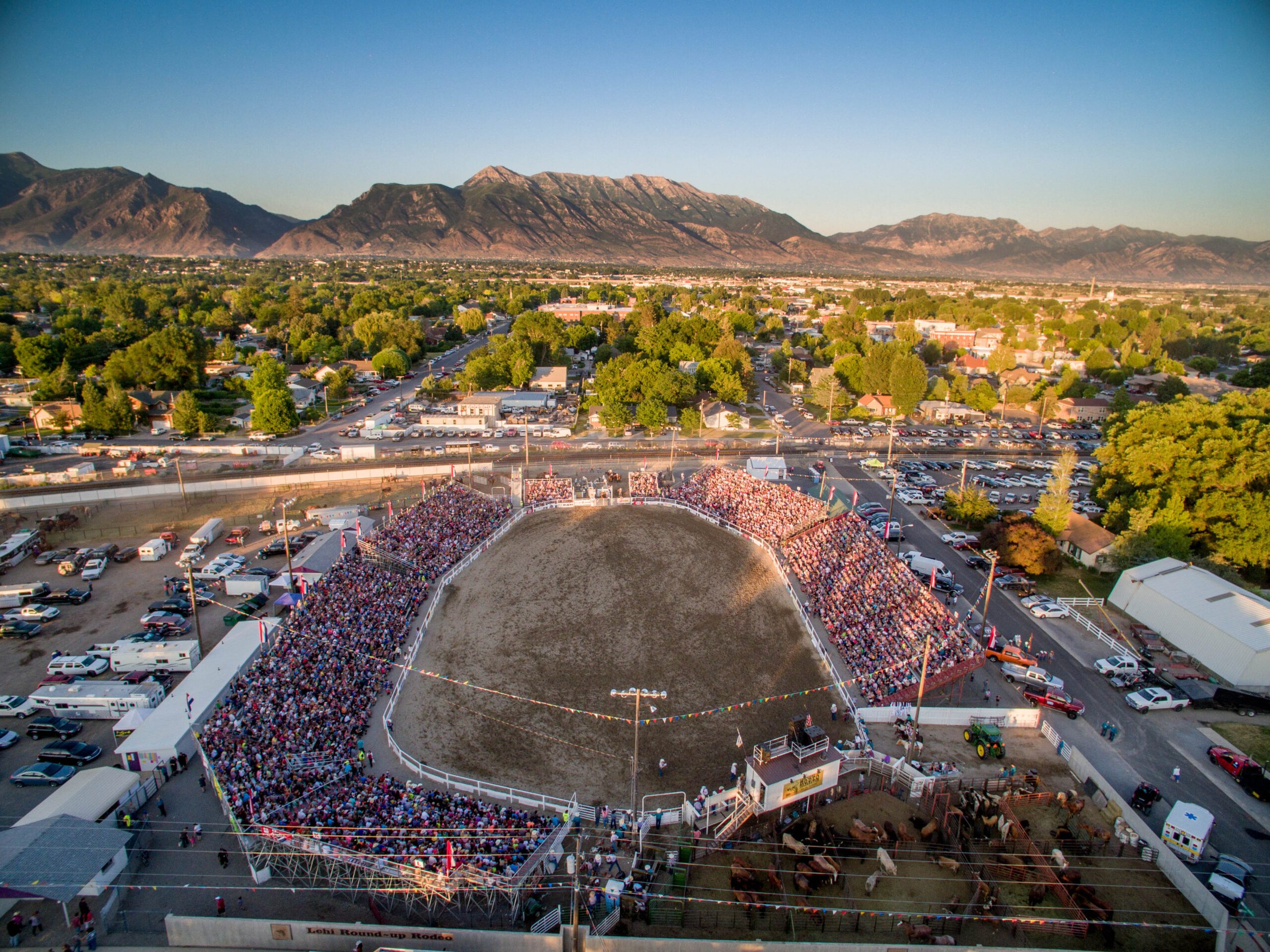
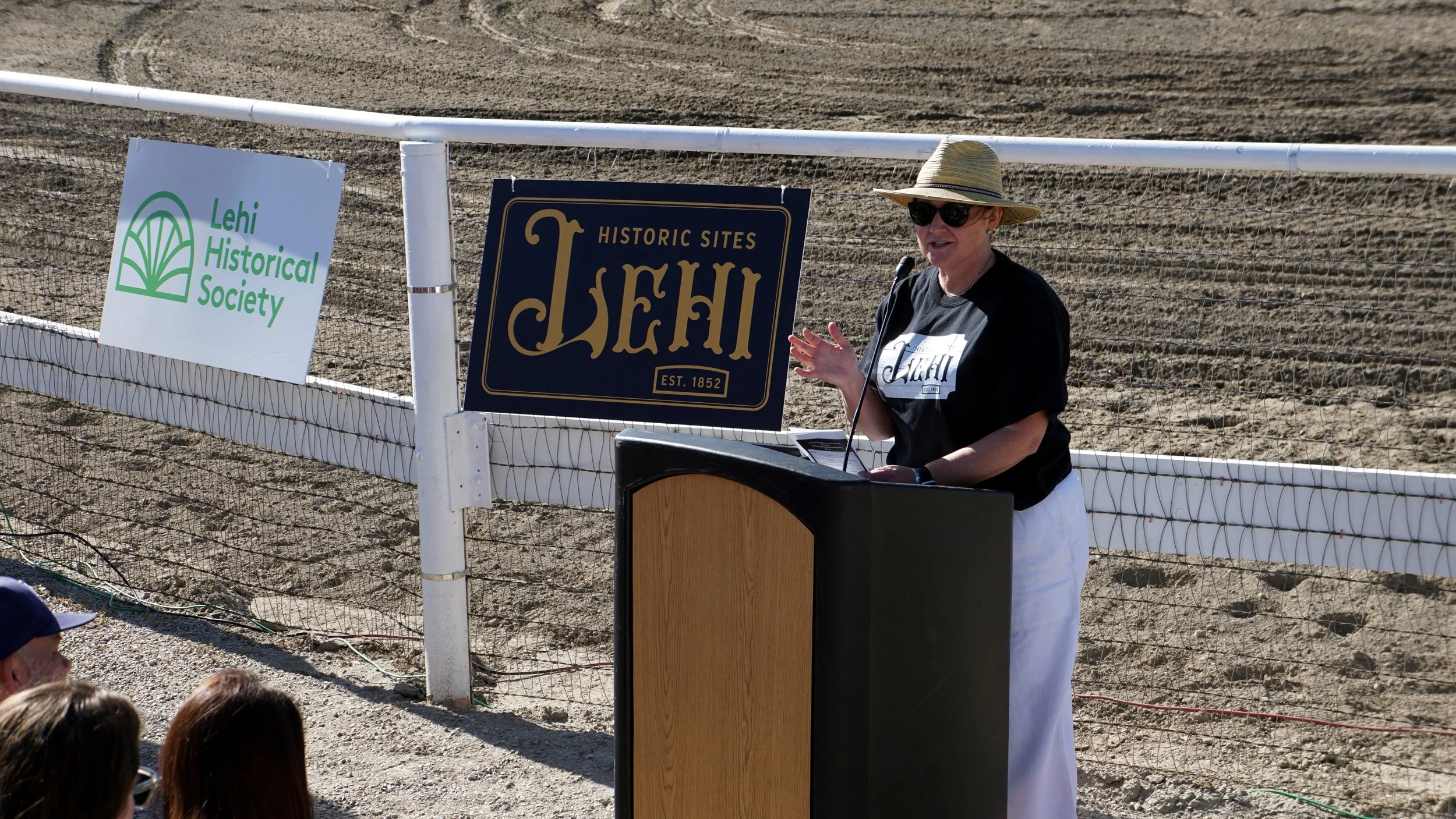
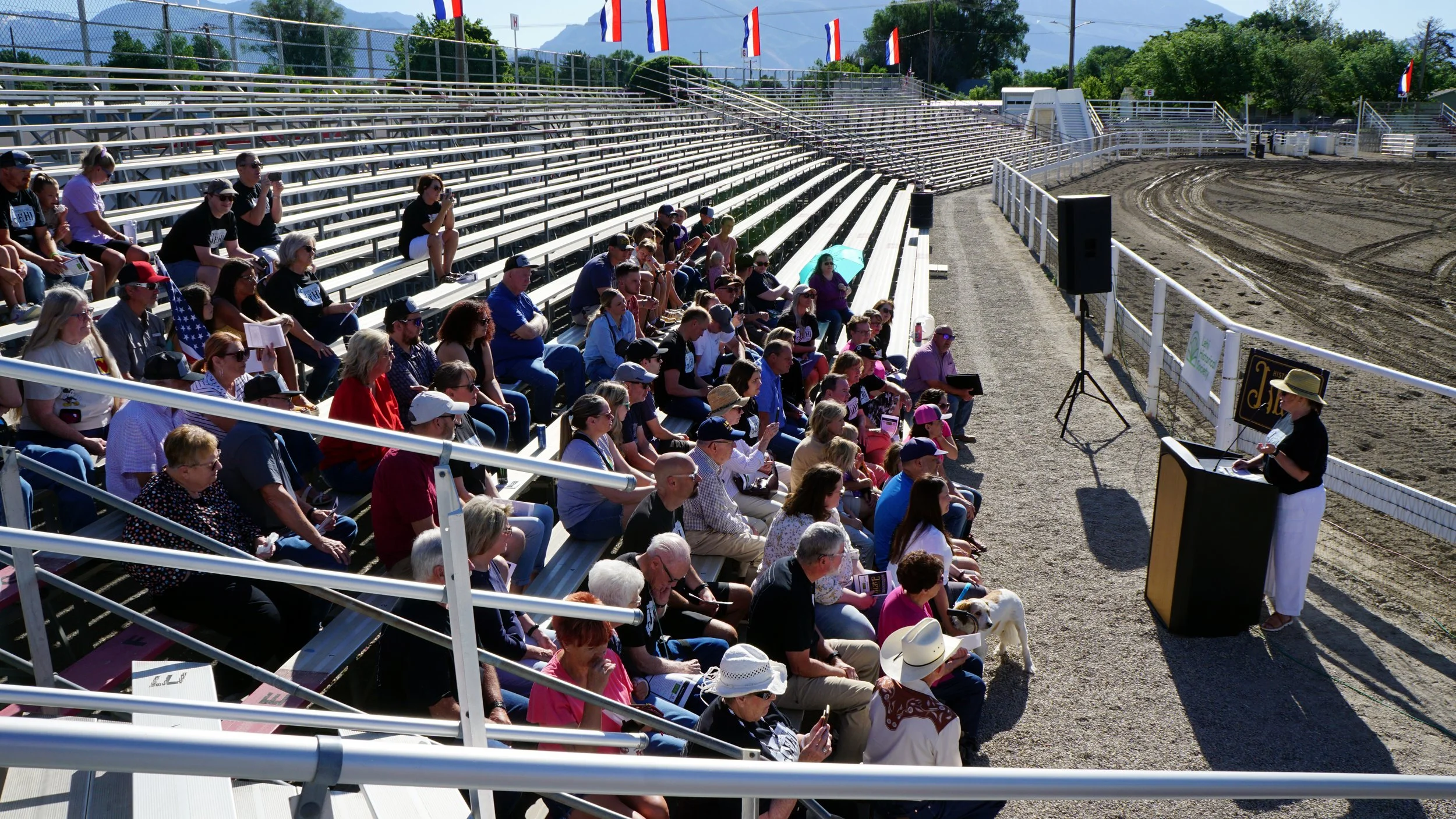
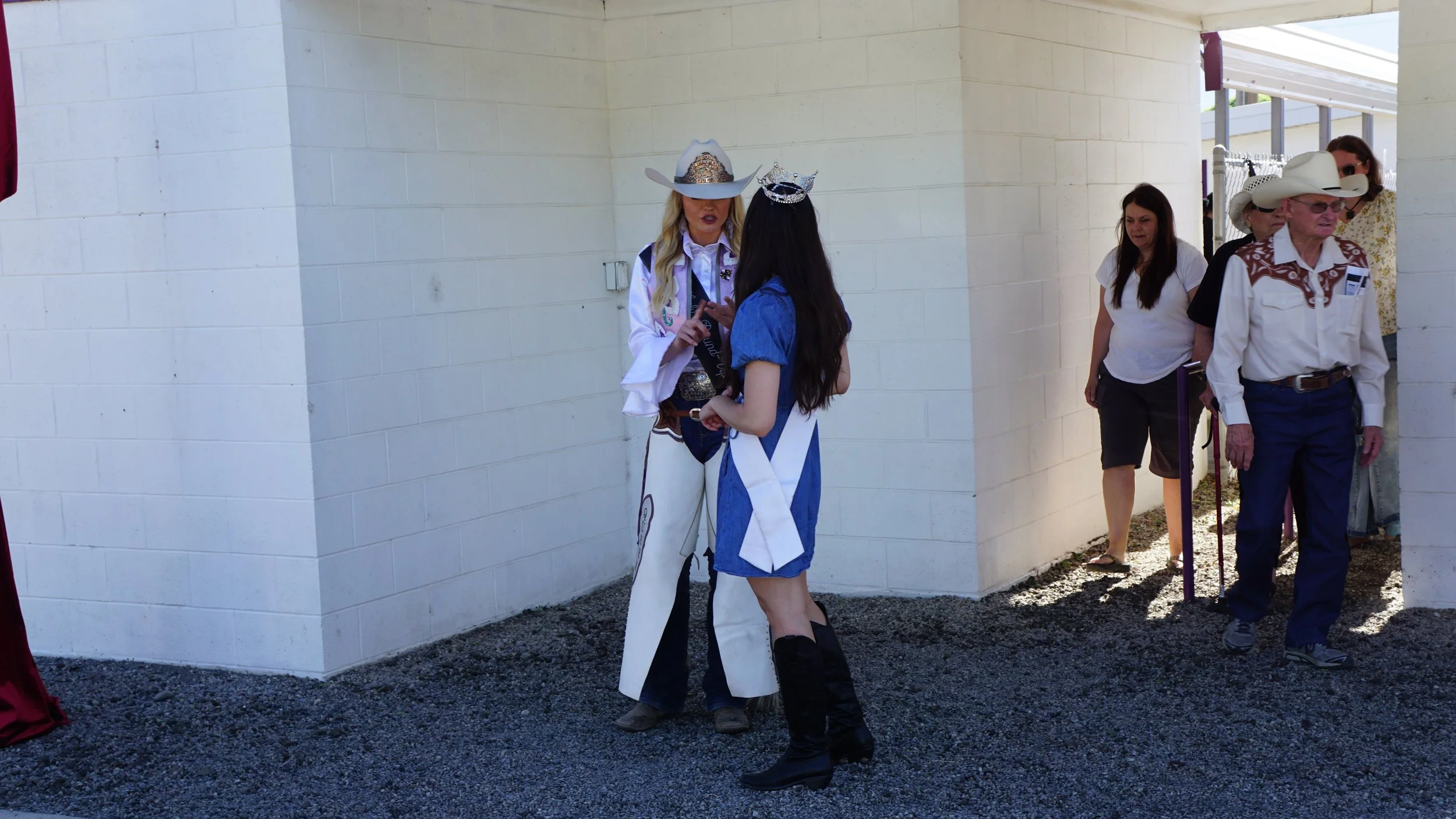
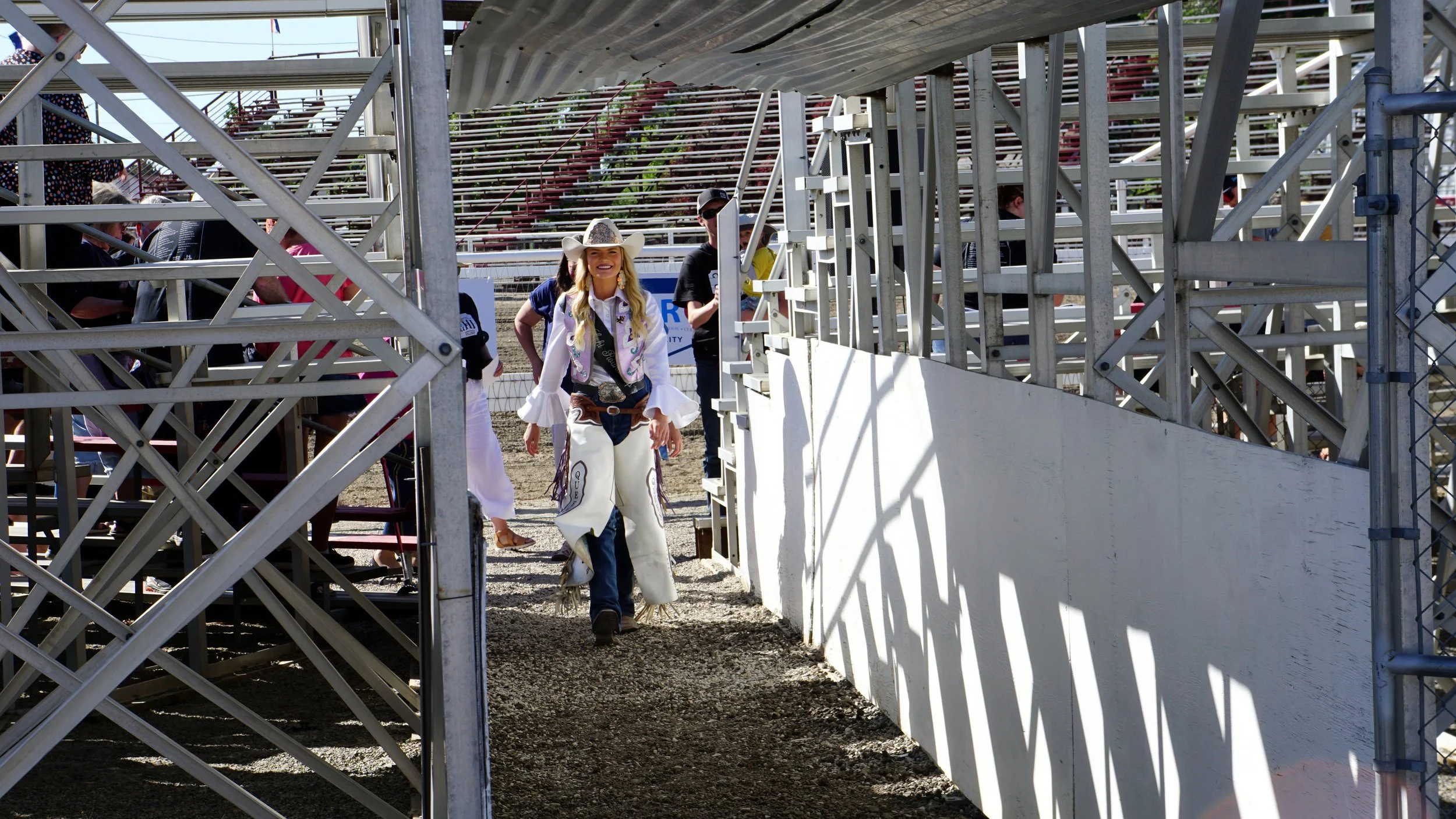
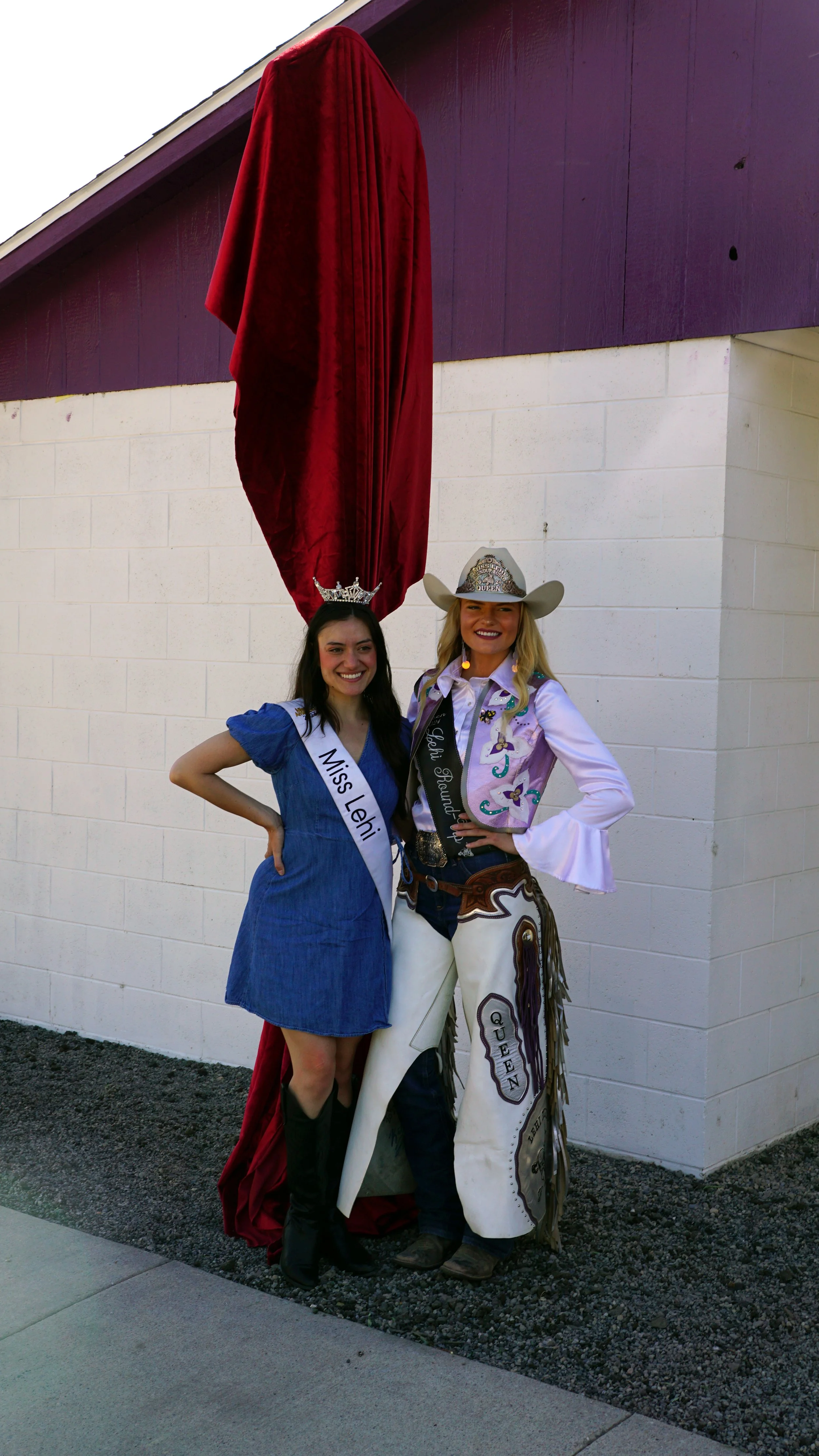
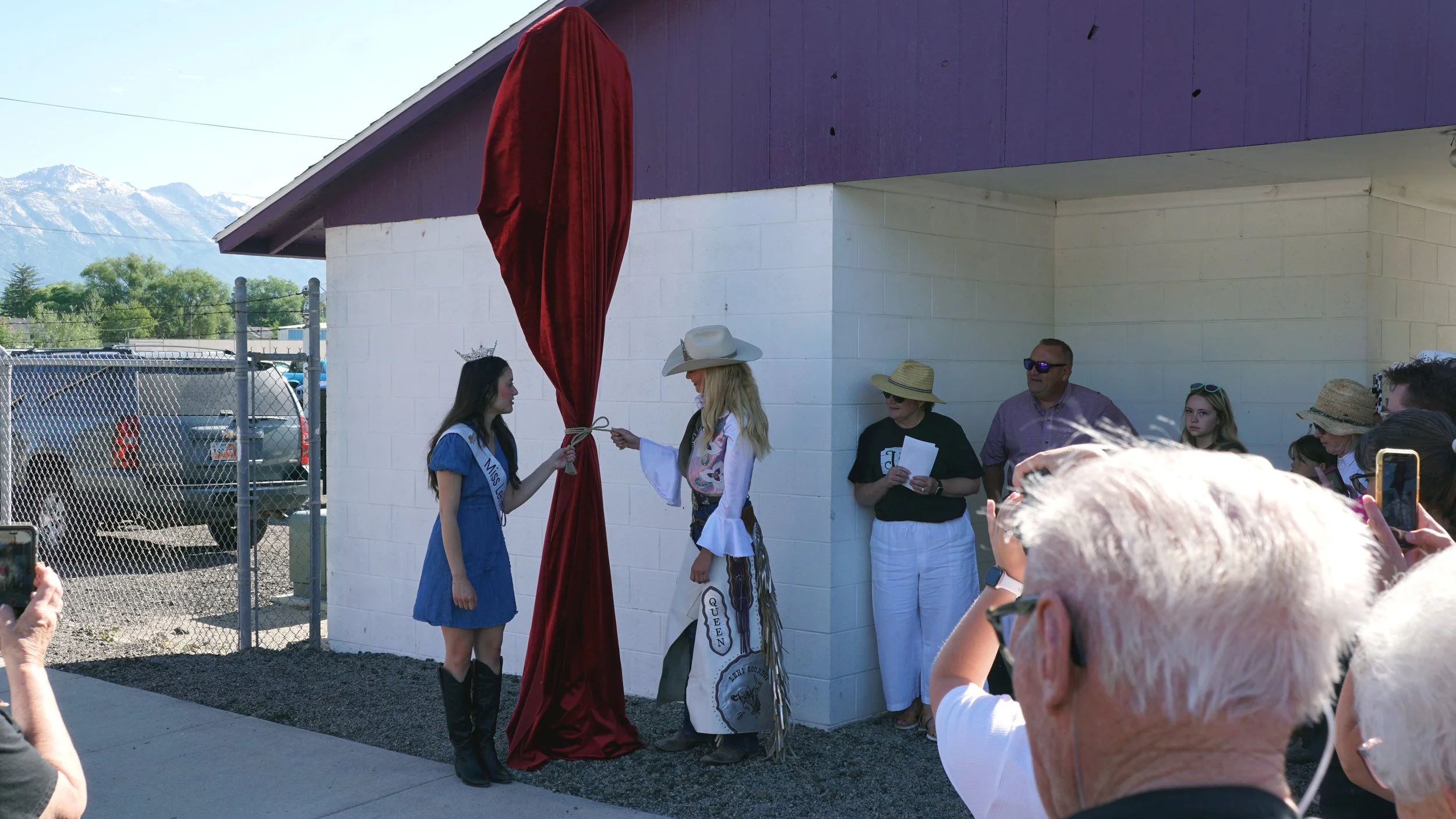
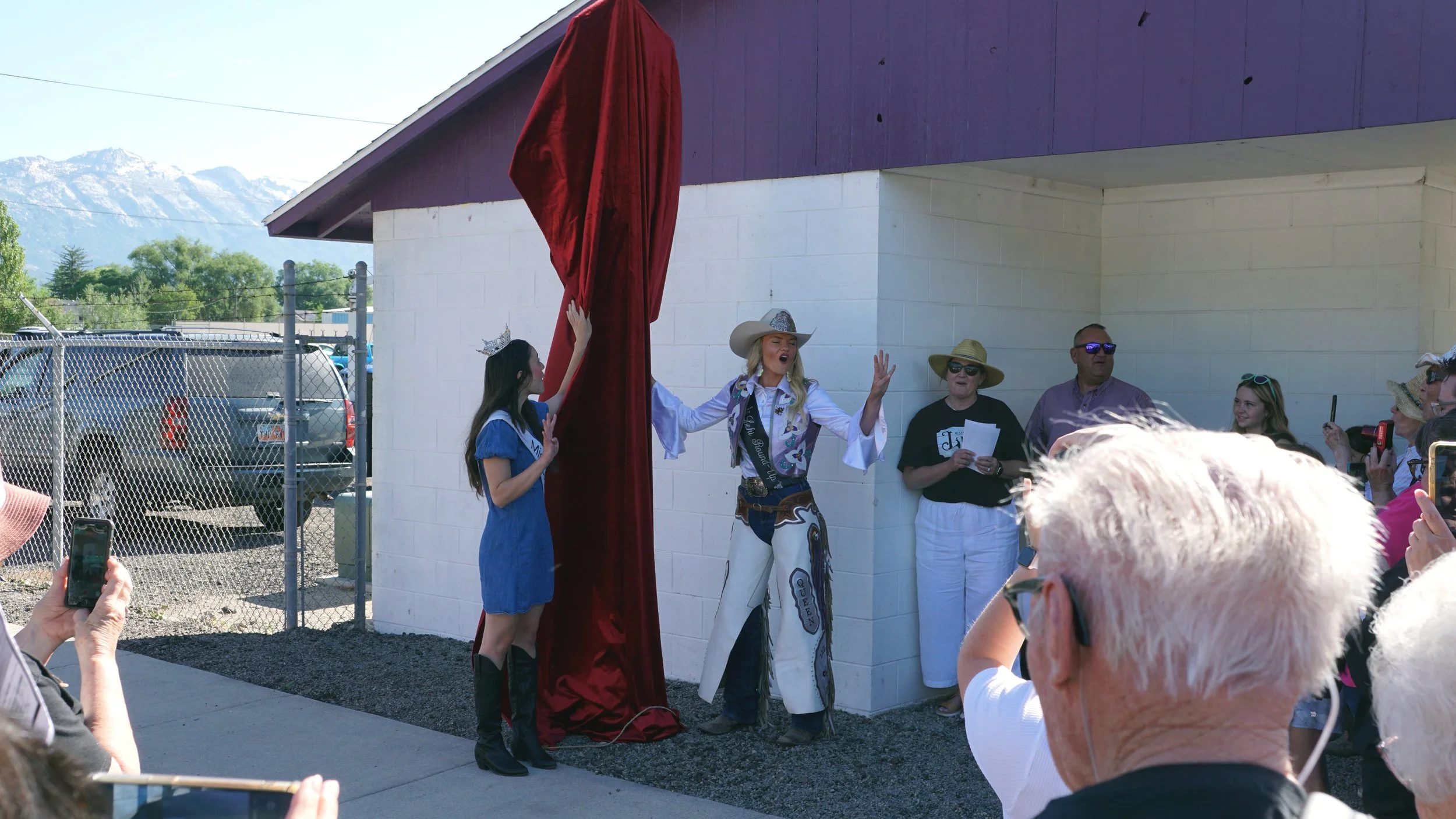
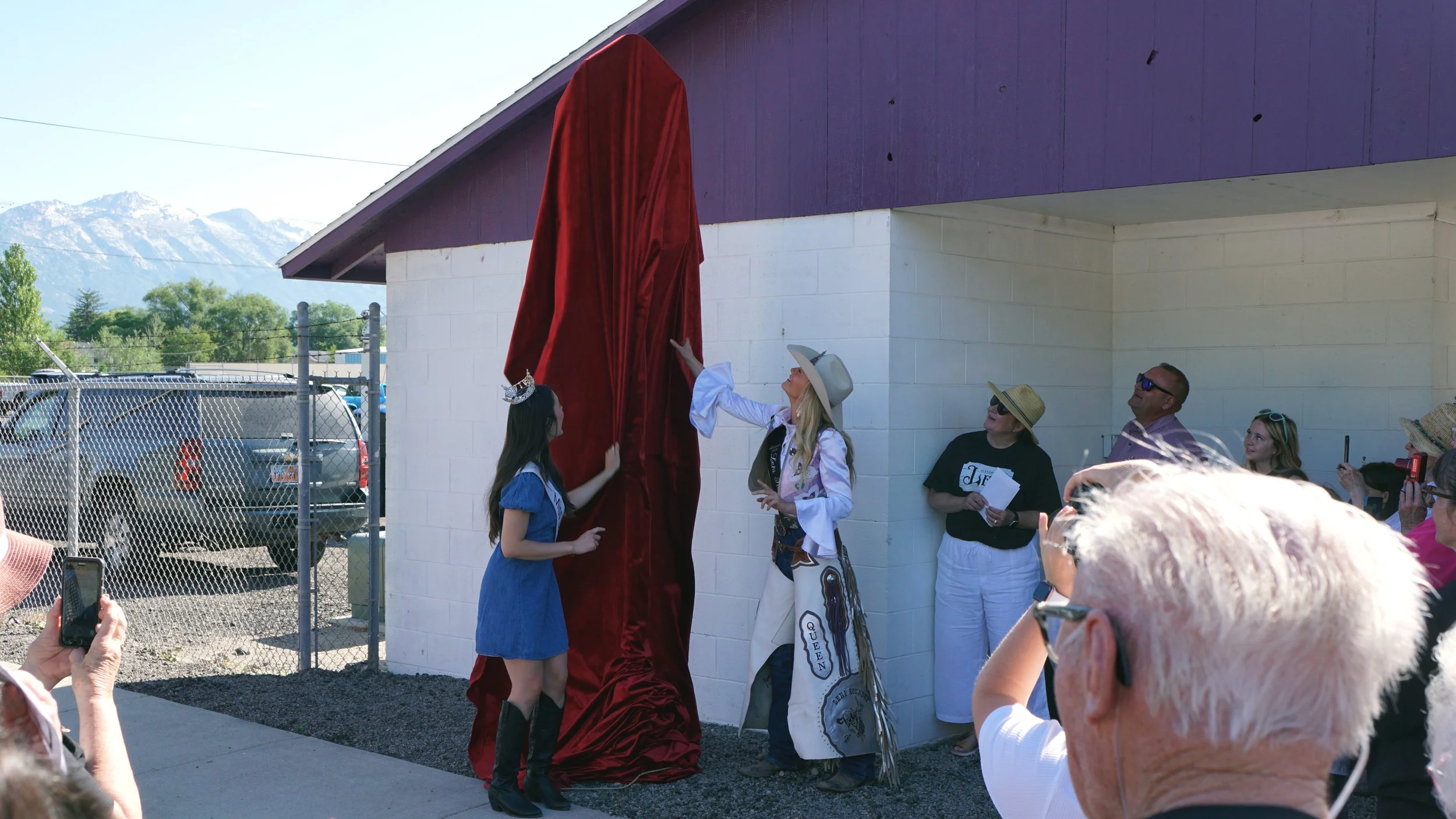
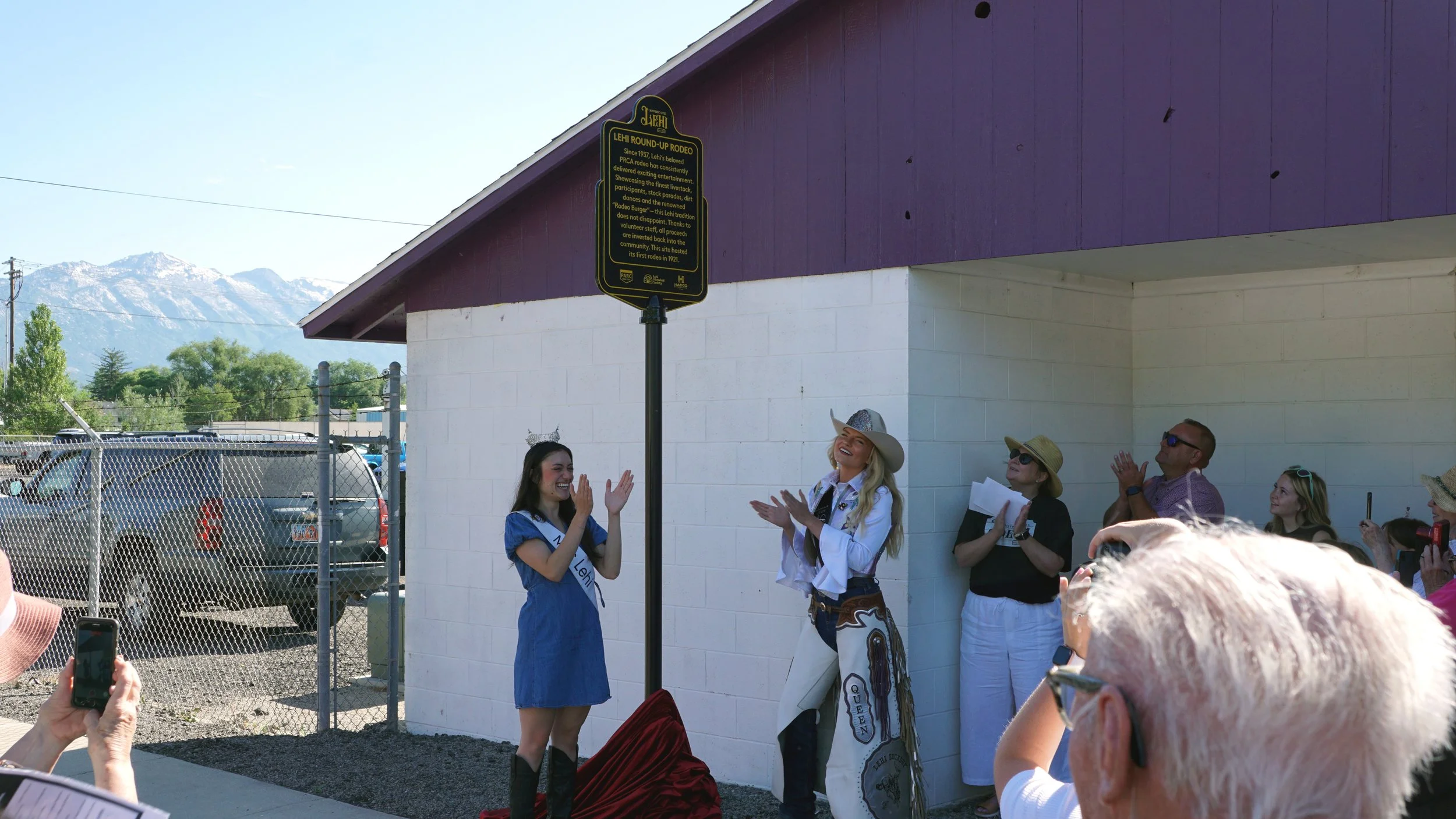
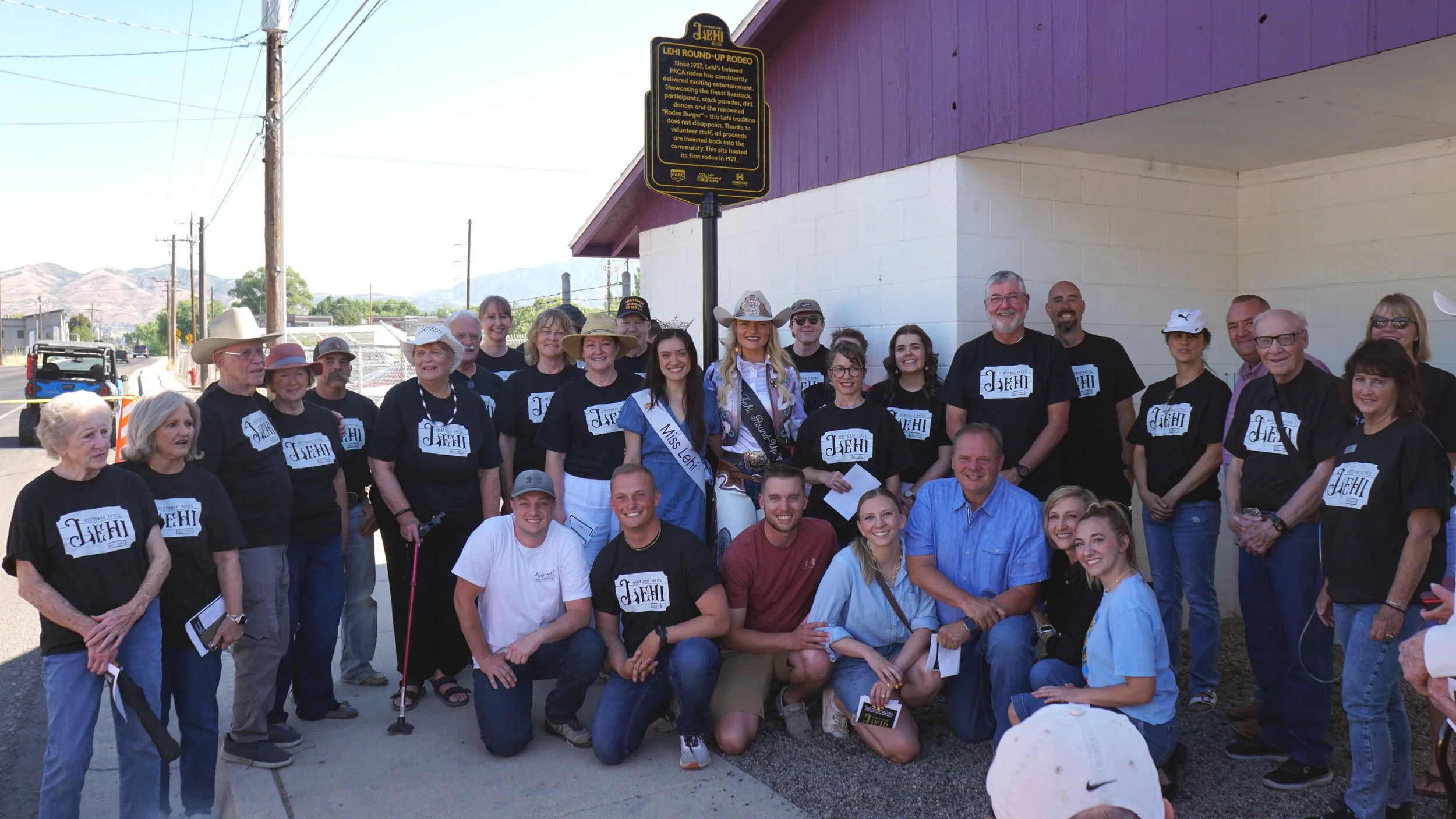
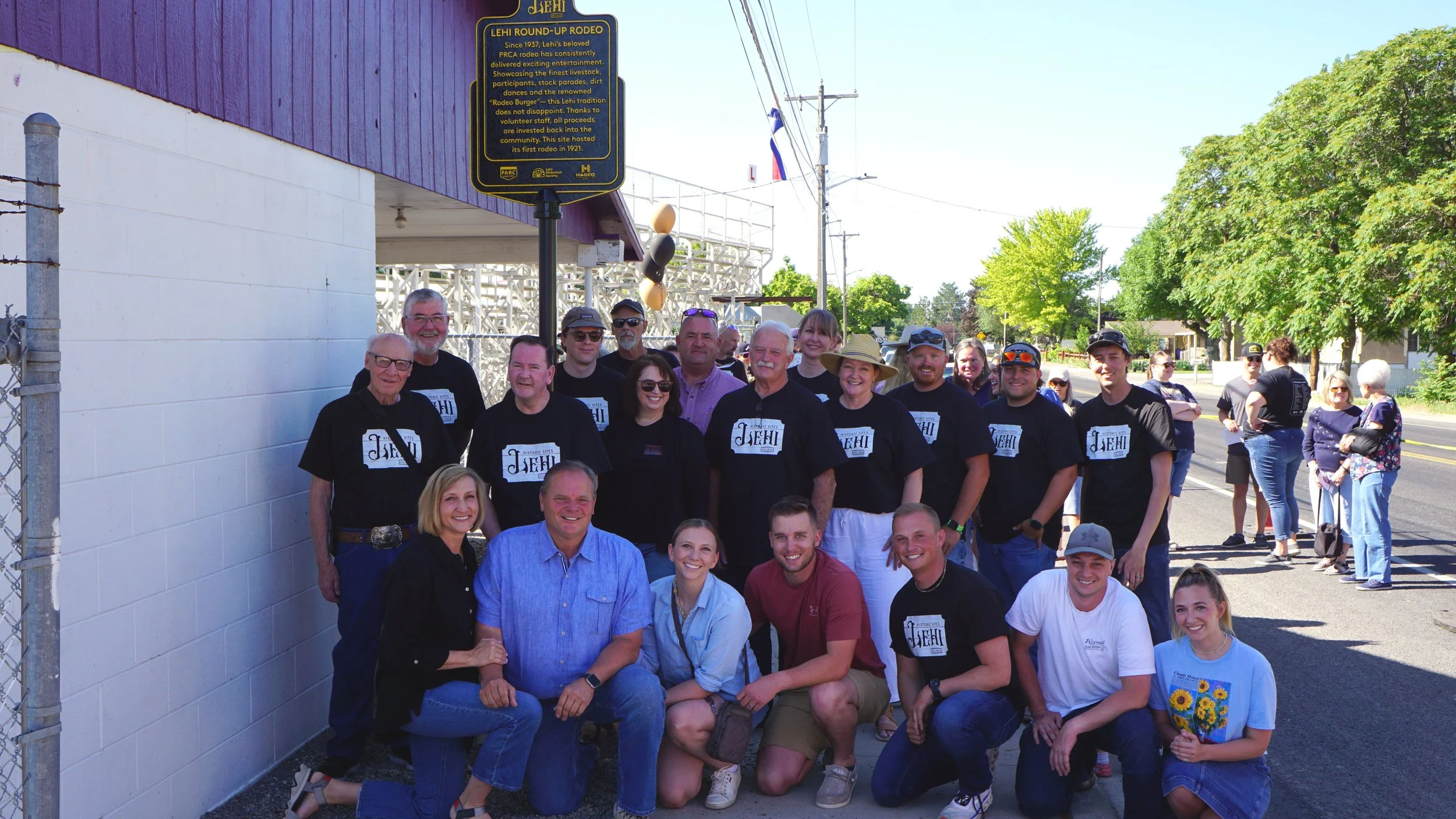
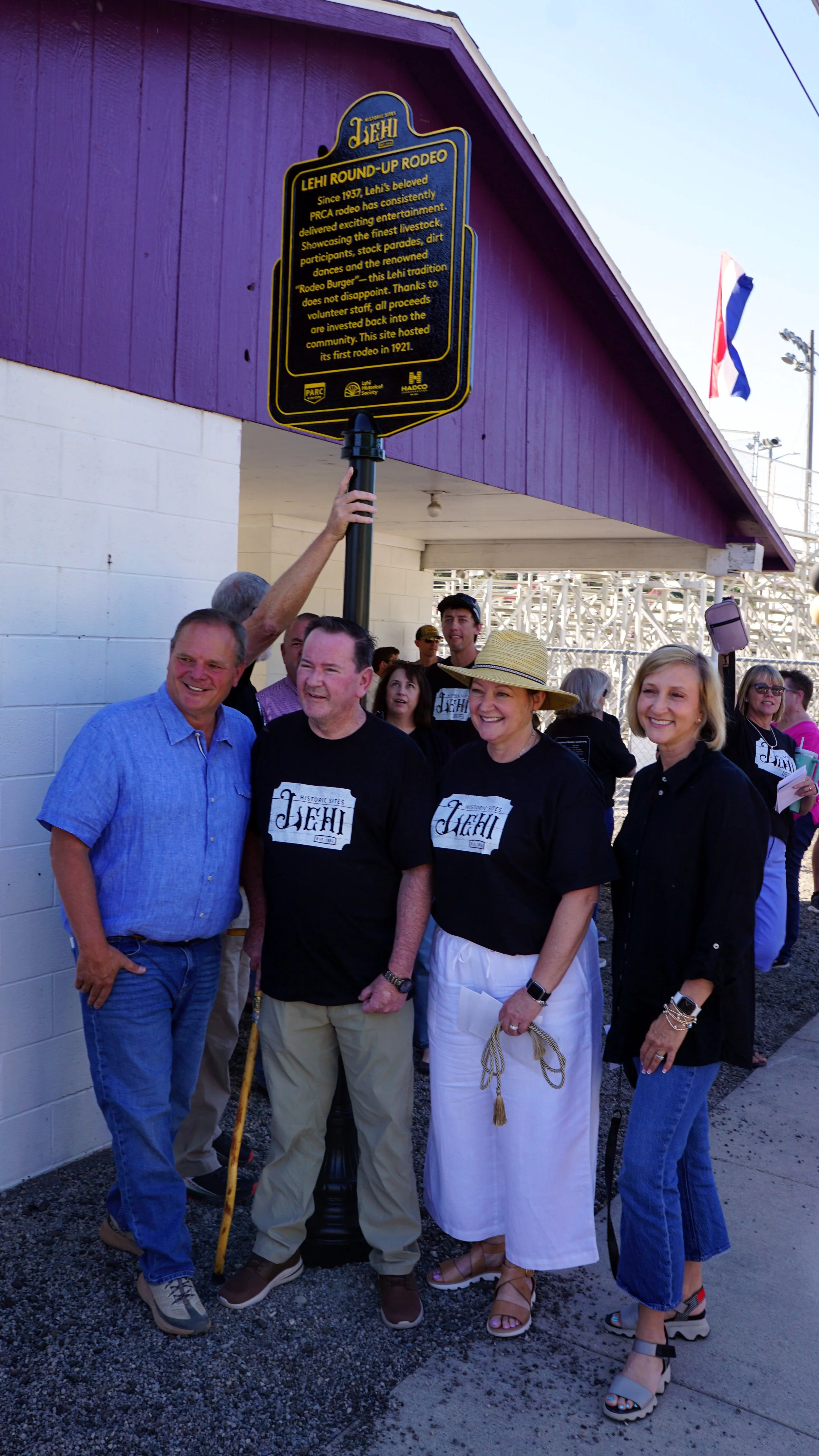
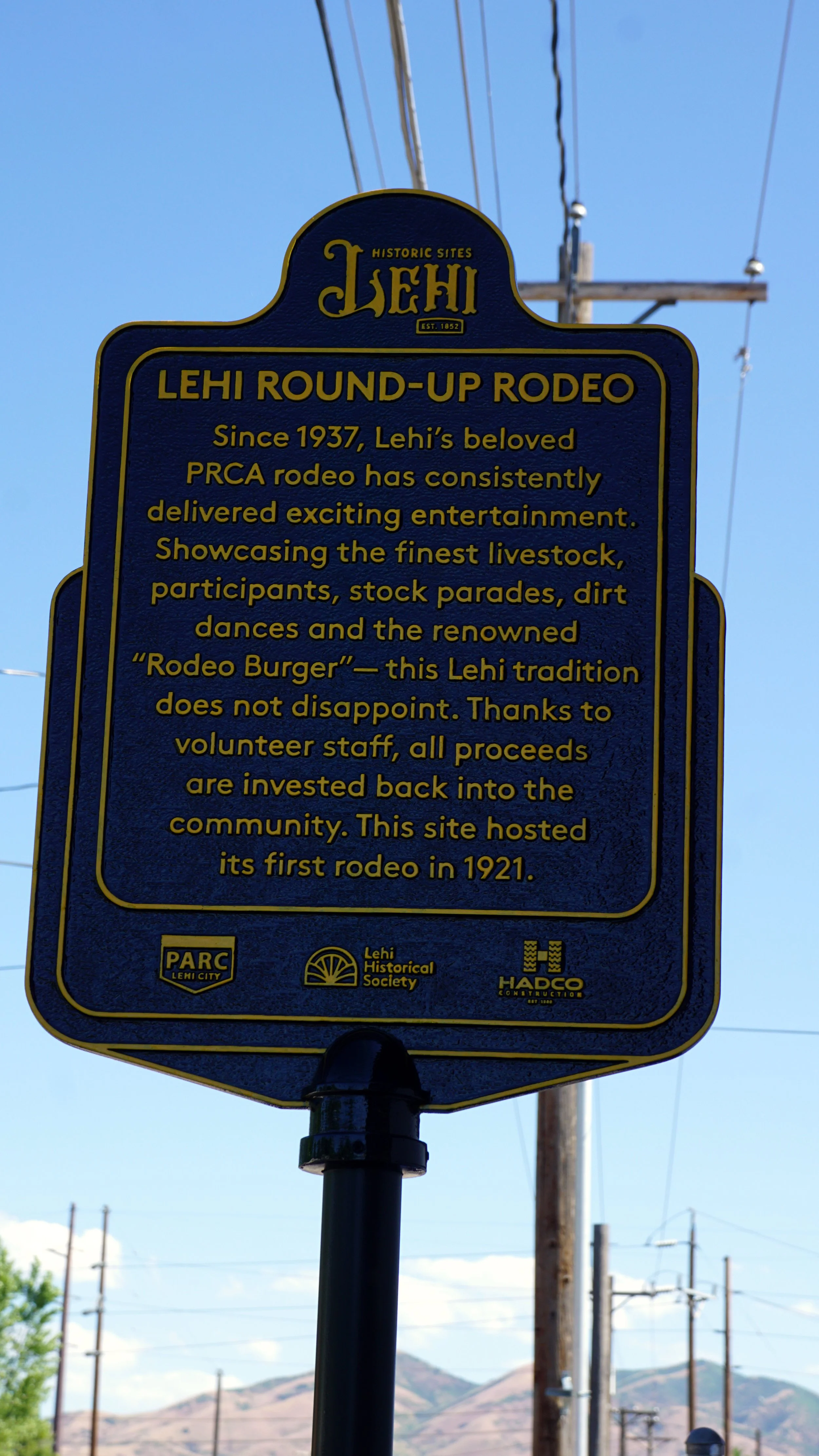
Lehi Round-Up Rodeo Marker Unveiling
June 22, 2024
The Lehi Round-Up Rodeo Historical Marker was the first of 36 large historical markers to be placed around Lehi from 2024-2027. It was unveiled just in time for the Lehi Round-Up Days celebration.
One of Lehi’s most beloved traditions, the Lehi Round-Up Rodeo marker unveiling drew nearly 100 people. Miss Lehi Round-Up Rodeo 2024, Miriam Brophy, and Miss Lehi 2023, Aria Conran, unveiled the marker by pulling a red velvet covering from it. The marker is located at the west entrance to the rodeo grounds.
The marker is the first of the Lehi Historical Marker Program.
Collector pins celebrate Lehi’s history and support the Lehi Historical Society
Purchase collector marker pins to show your Lehi spirit and support for the Lehi Historical Marker Program and the Lehi Historical Society. There are currently 15 pins available.
LOCATION MARKER
105 N. 500 West Lehi, UT 84043
